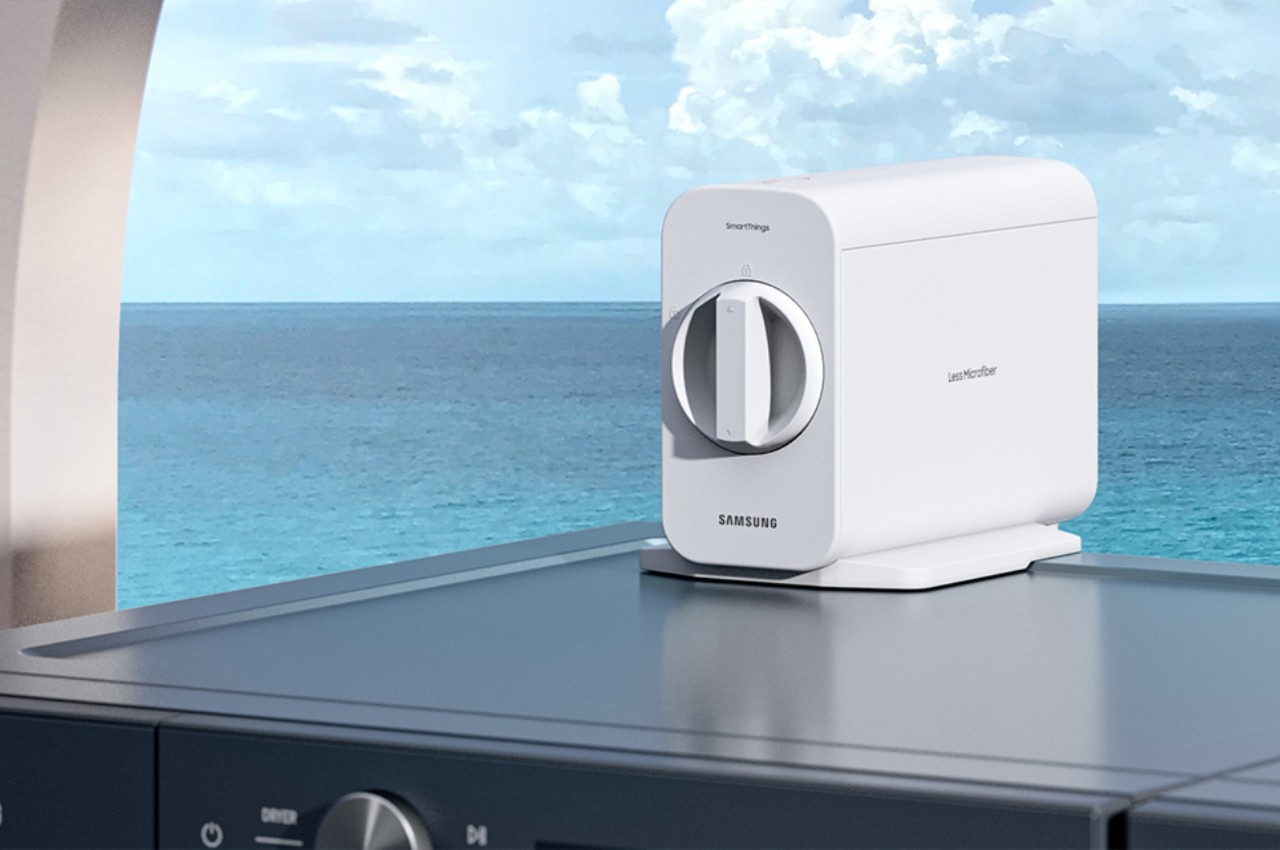
Sometimes it’s the small things that can have the biggest impacts because they’re taken for granted until they snowball into a catastrophe. Small pieces of trash thrown haphazardly gather to become mounds of garbage that block drains and cause floods. Even the way we clean our clothes, unbeknownst to us, can actually kill our seas and oceans in the long run. That’s the unfortunate side effect of having microplastics in the textiles we use, too small to distinguish from the wastewater we drain out of our washing machines. Fortunately, we now know better, and companies like Samsung are lending a helping hand to make sure that our personal hygiene won’t be causing harm to the planet for generations to come.
Designer: Samsung
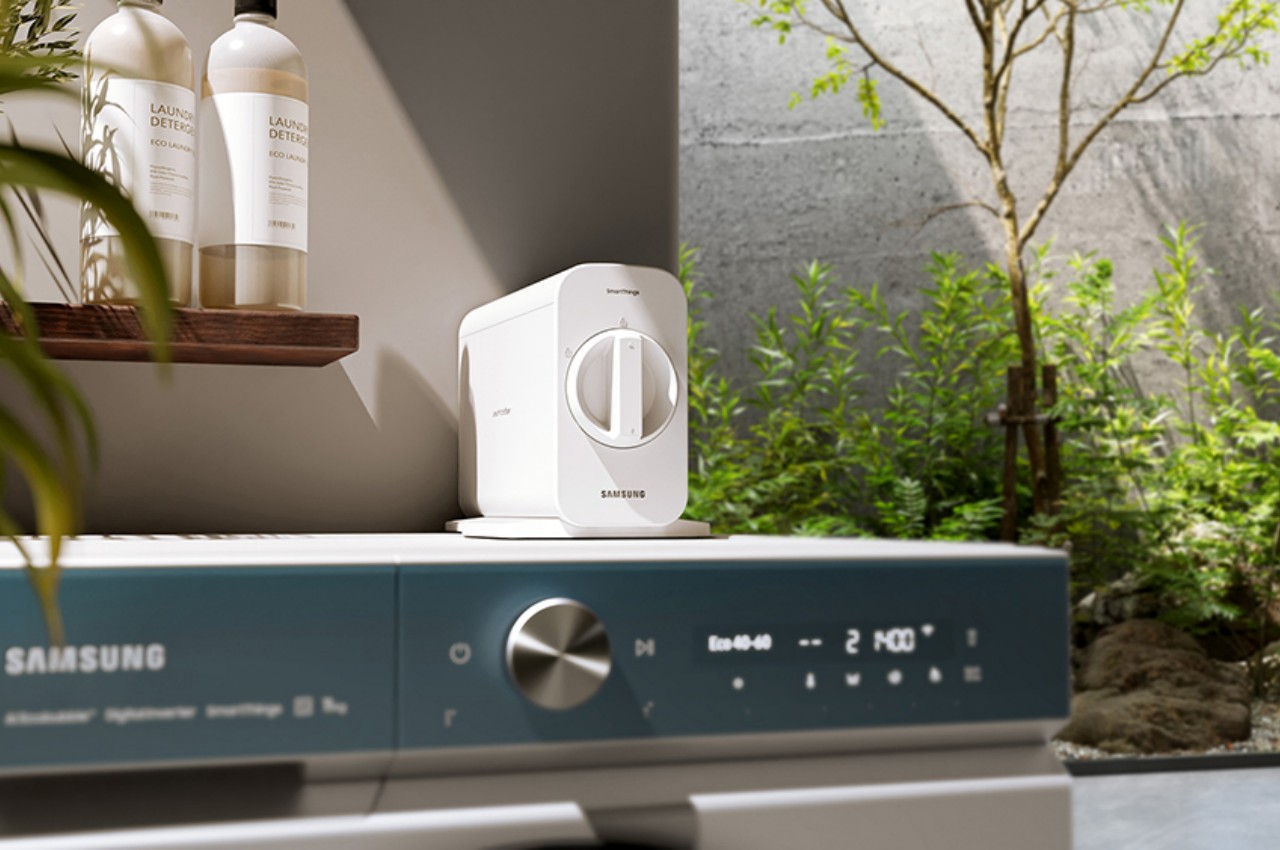
Given how essential they are both to our comfort and our style, we take for granted what mass-produced clothes are made of. Unfortunately, the synthetic textiles used in many of them actually shed small pieces of plastic or microplastics in our wash. Of course, we simply drain the dirty water like any other, and these microplastics find their way into our oceans, along with the other bits of broken-down plastics from the garbage we carelessly throw away.
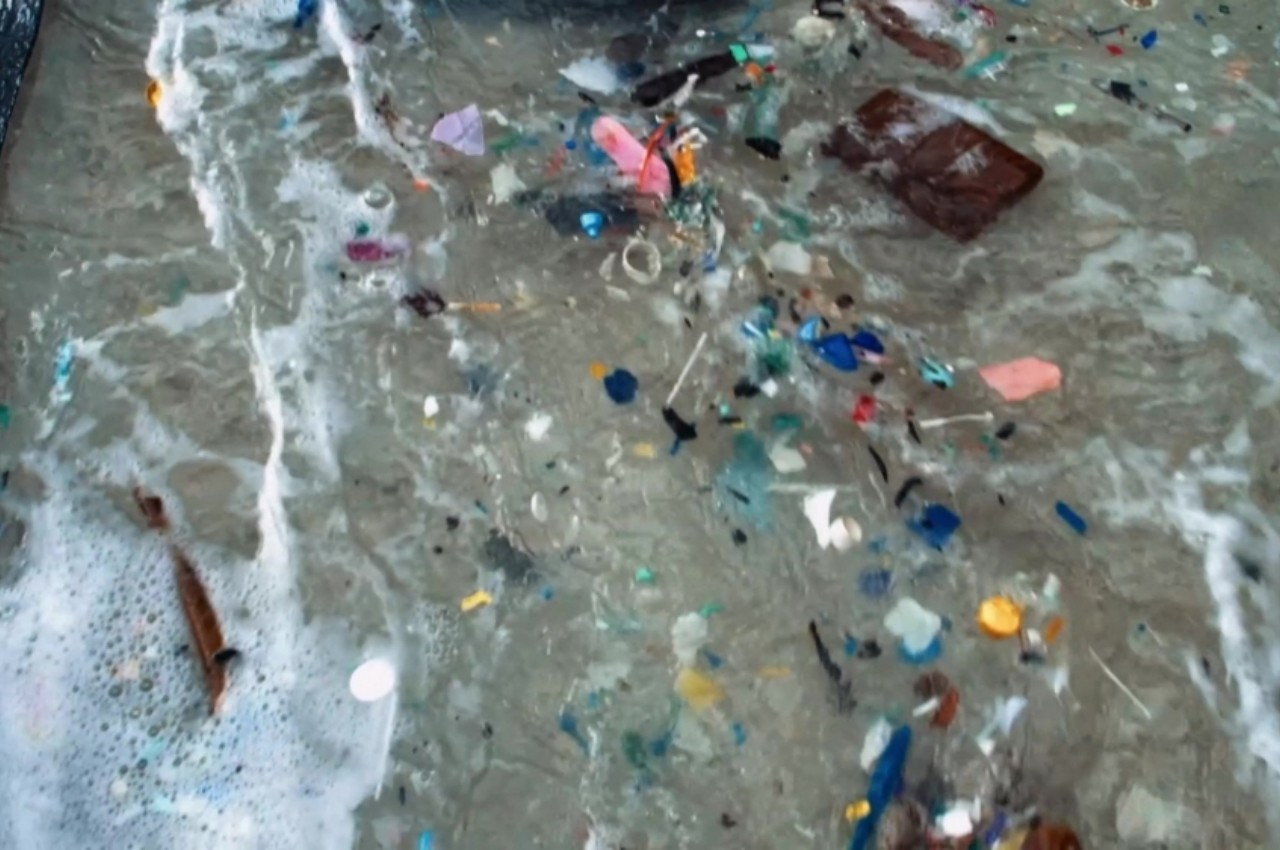
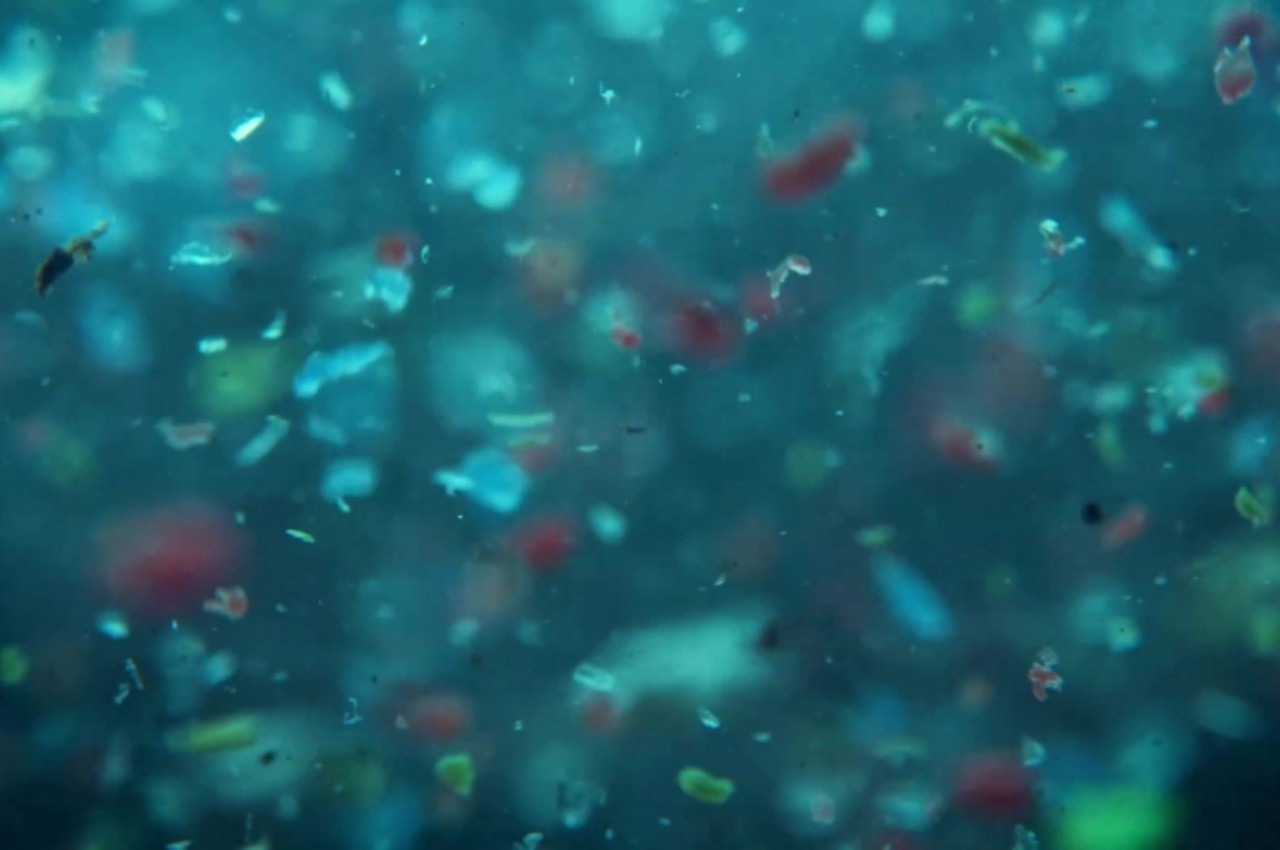
Now that the microfiber cat is out of the bag, eco-conscious people are moving quickly to clean up the mess, literally and figuratively. Since it will be next to impossible to immediately change the textile that produces these microplastics, the most efficient solution would be to stop laundry machines from spitting out these minute particles in the first place. That’s where Samsung’s new Less Microfiber Filter comes in, promising to capture as much as 98% of these microplastics before they even hit the drain. The company says that this mass is equivalent to eight 500ml plastic bottles per year if the wash is used four times a week.
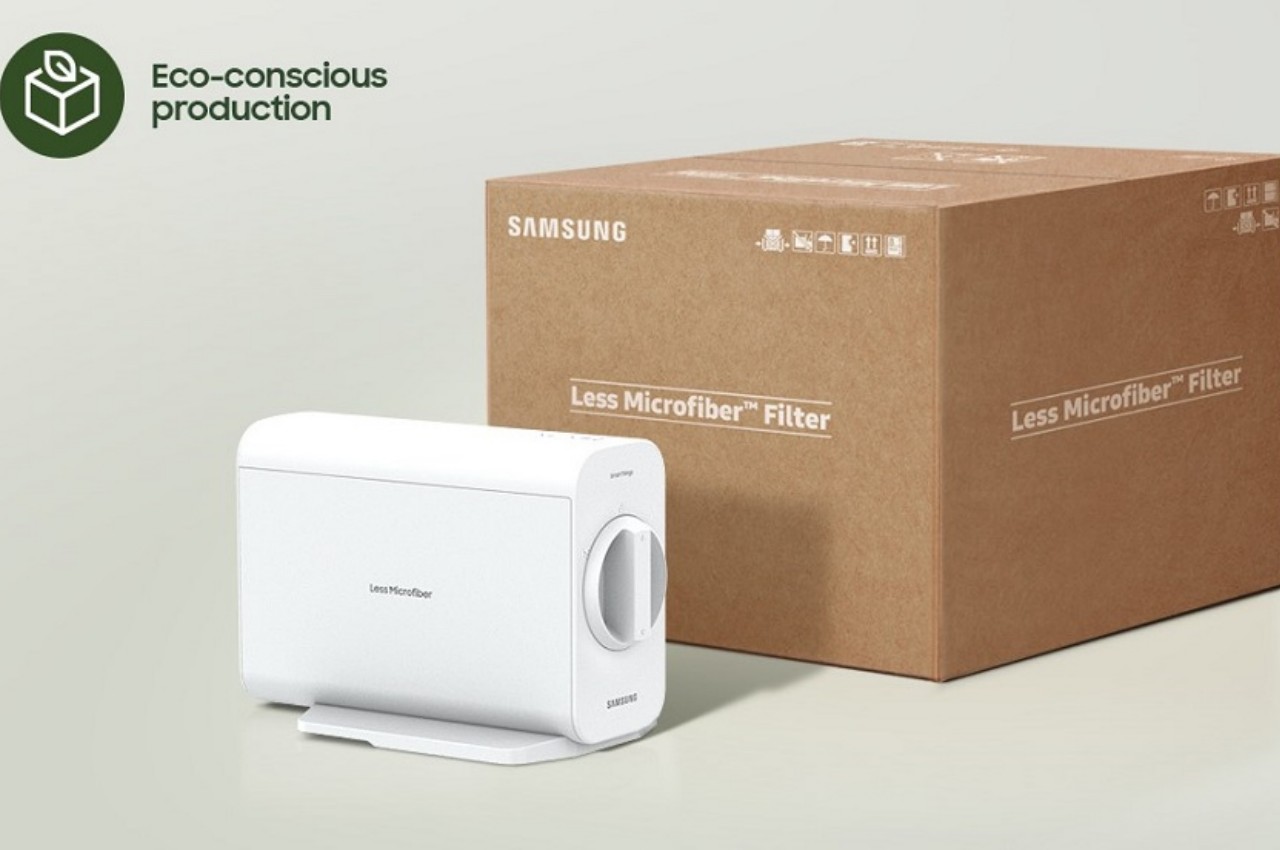
The filter is designed with a rather minimalist aesthetic and can be mounted on top of any standard washing machine, not just Samsung’s. The box itself is made from recycled plastics and is shipped in sustainable packaging. It’s also engineered to be long-lasting, maintainable, and convenient to use, requiring cleaning about once a month only. The filter works in conjunction with Samsung’s new Less Microfiber Cycle mode launched last year, which attempts to reduce the shedding of microplastics during washing.
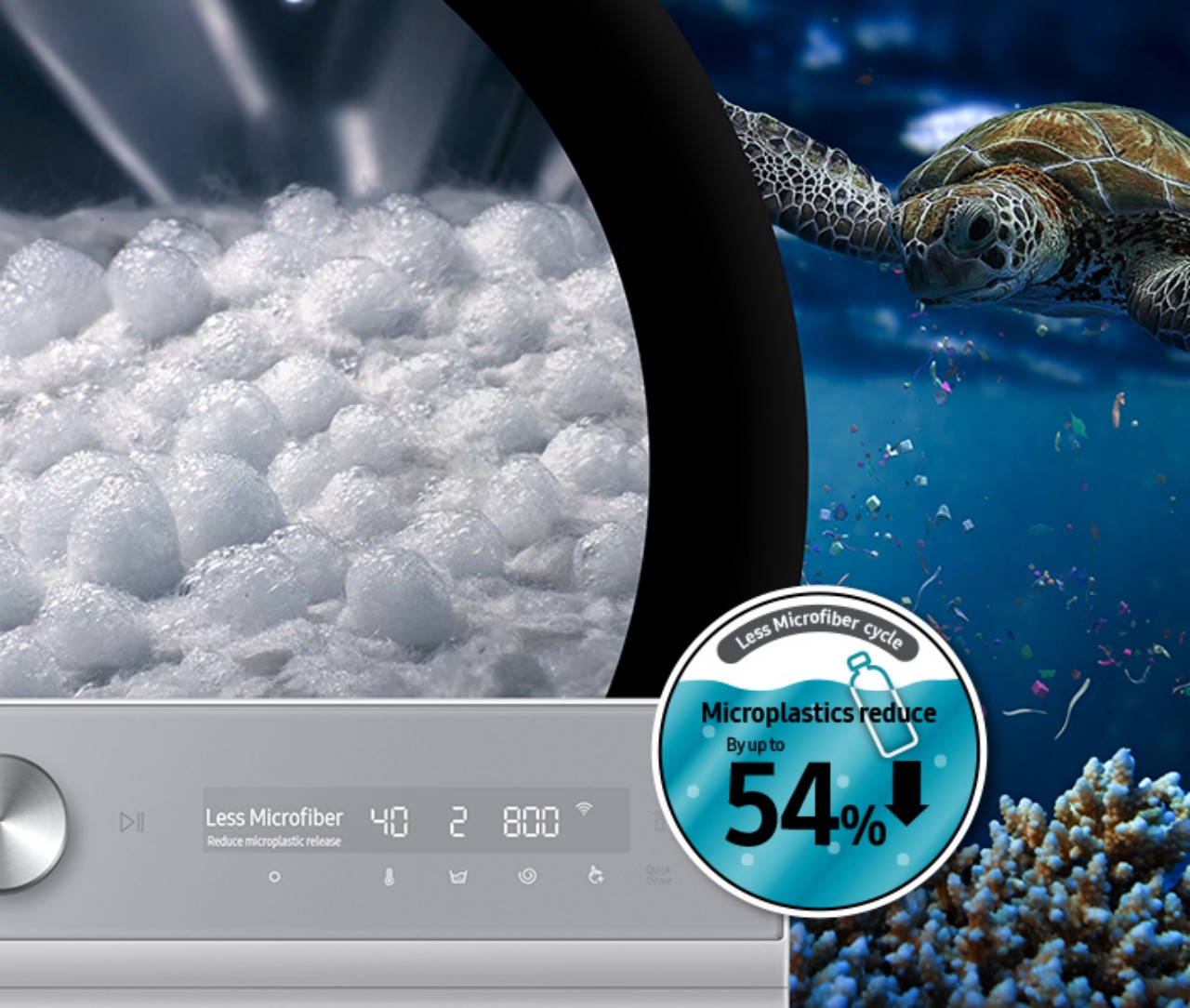
Samsung’s filter, which is available only in South Korea and the UK for now, isn’t the only solution available today. What makes this launch important, however, is the acknowledgment of a major appliance maker of a problem that very few people are aware of. As one of the biggest washing machine manufacturers, it also has an equally big responsibility in righting this wrong, and the filter is a nice and admittedly stylish first step in that direction.

The post Samsung Less Microfiber Filters stop our laundry from destroying our oceans first appeared on Yanko Design.

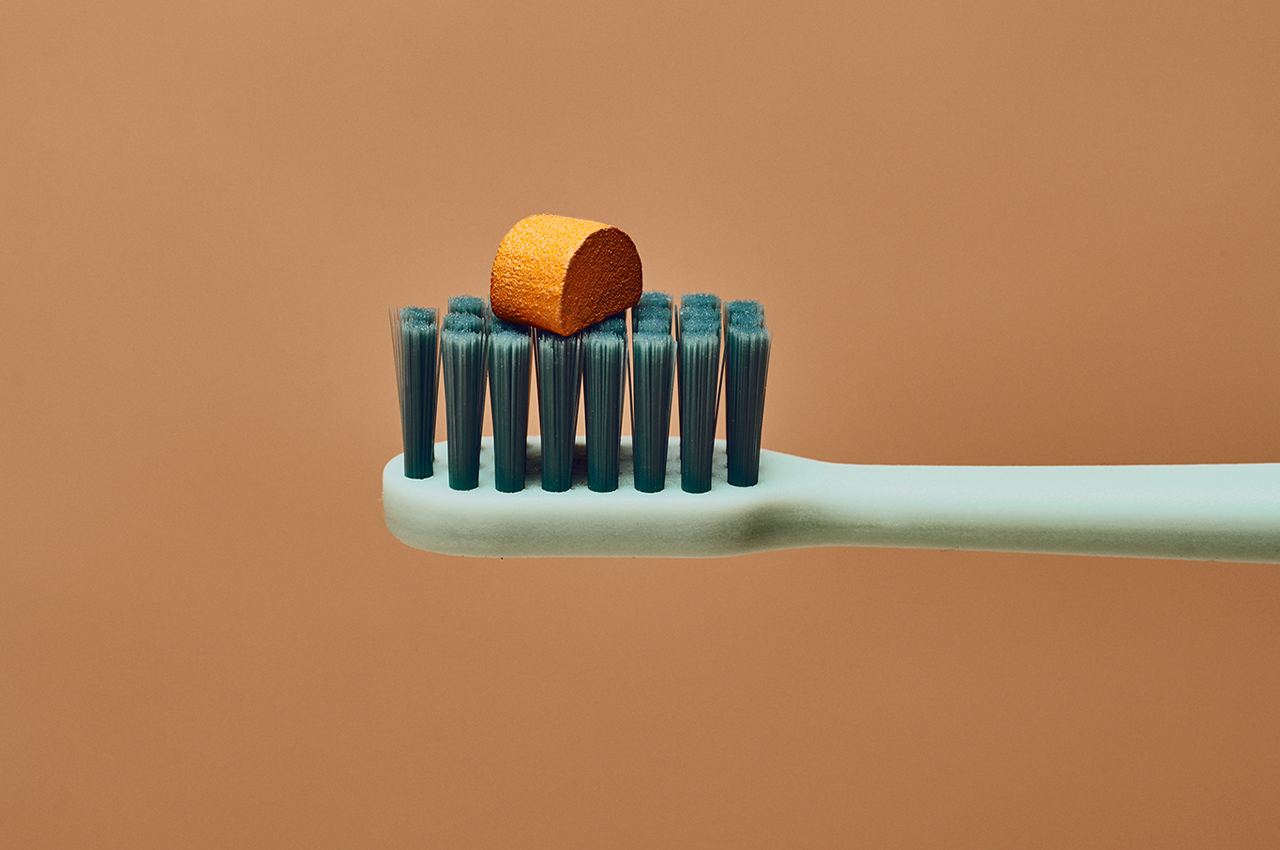
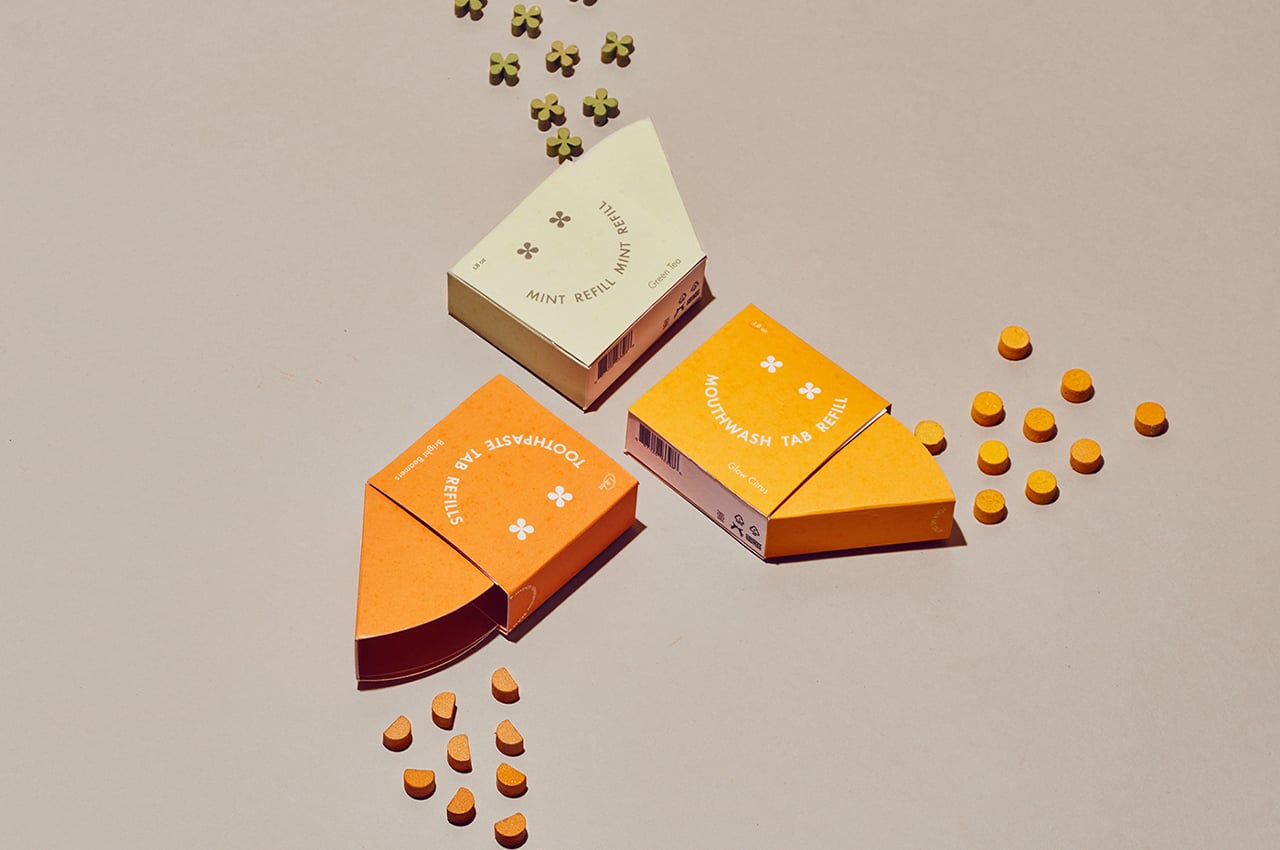
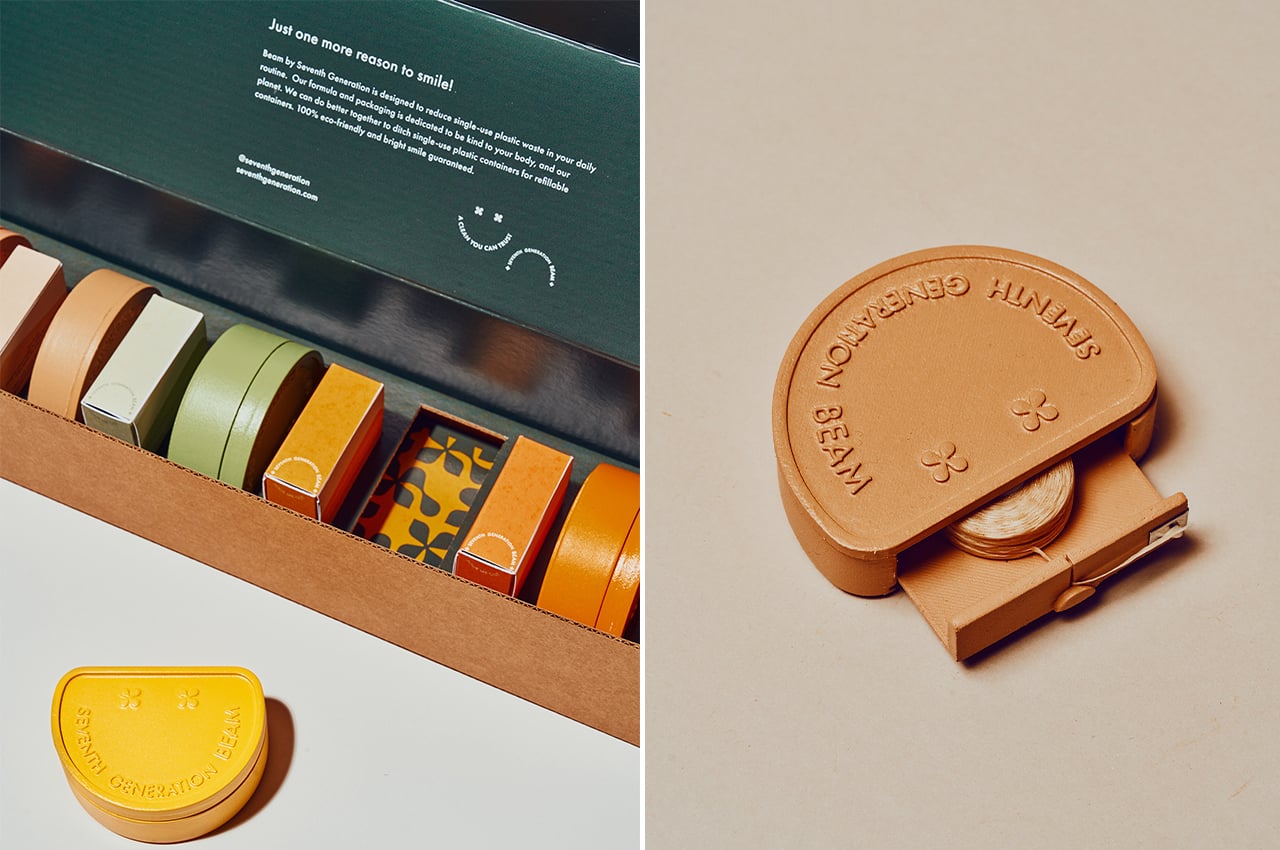
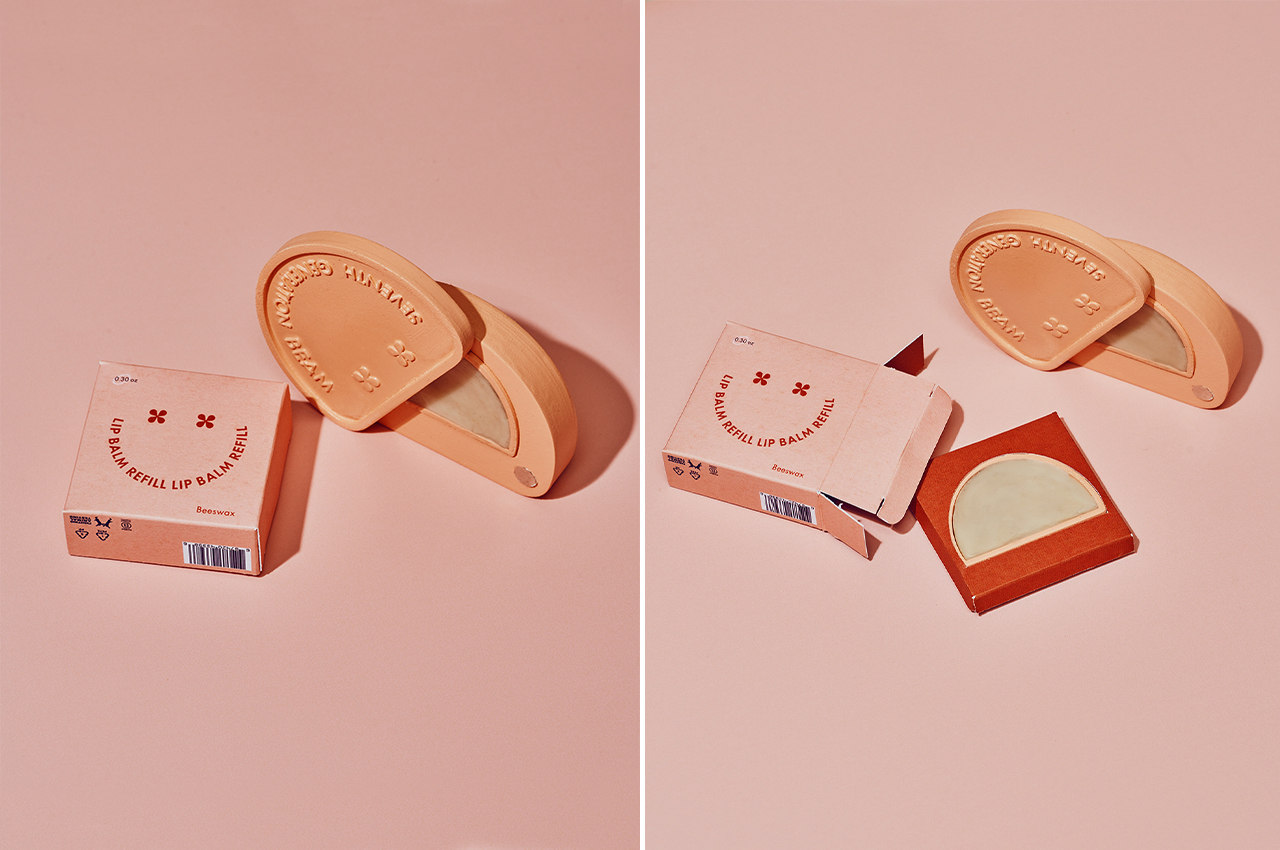
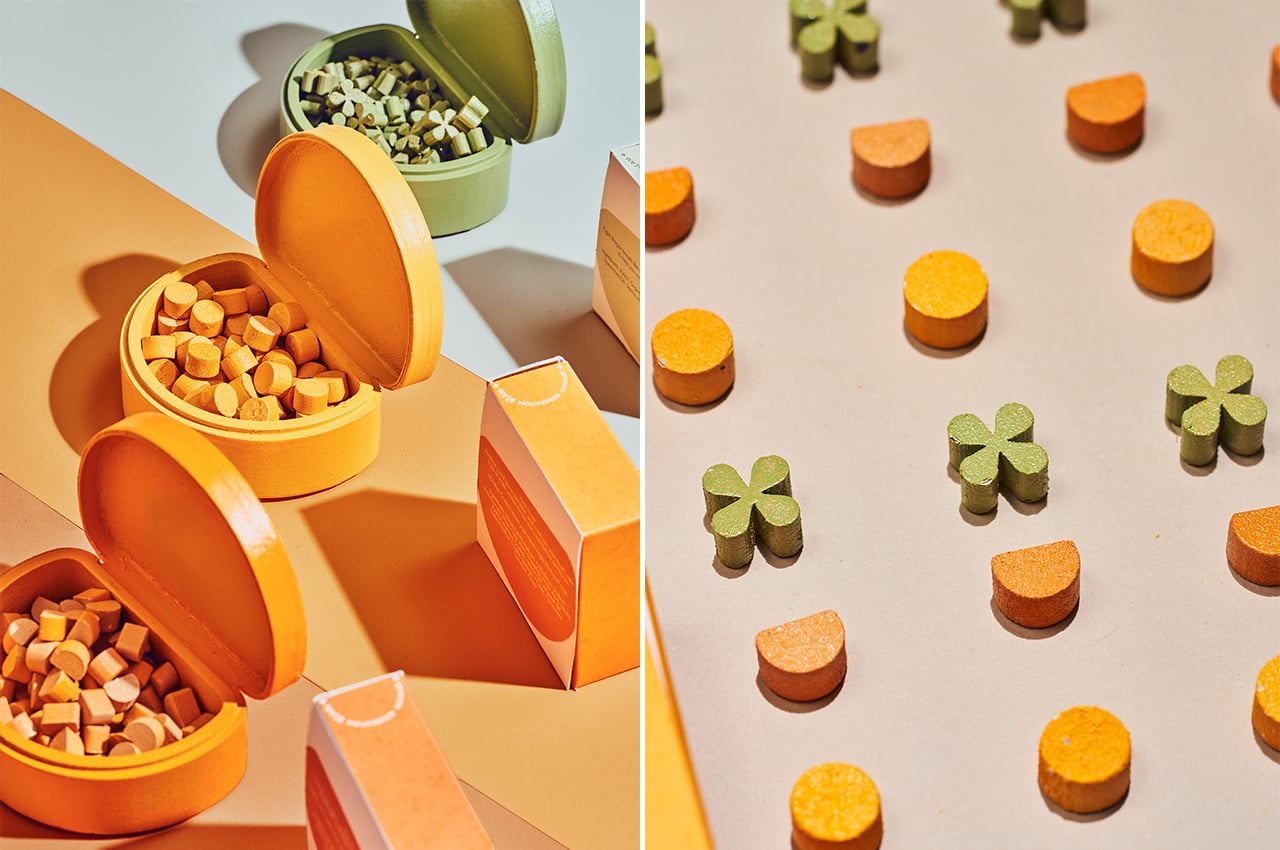
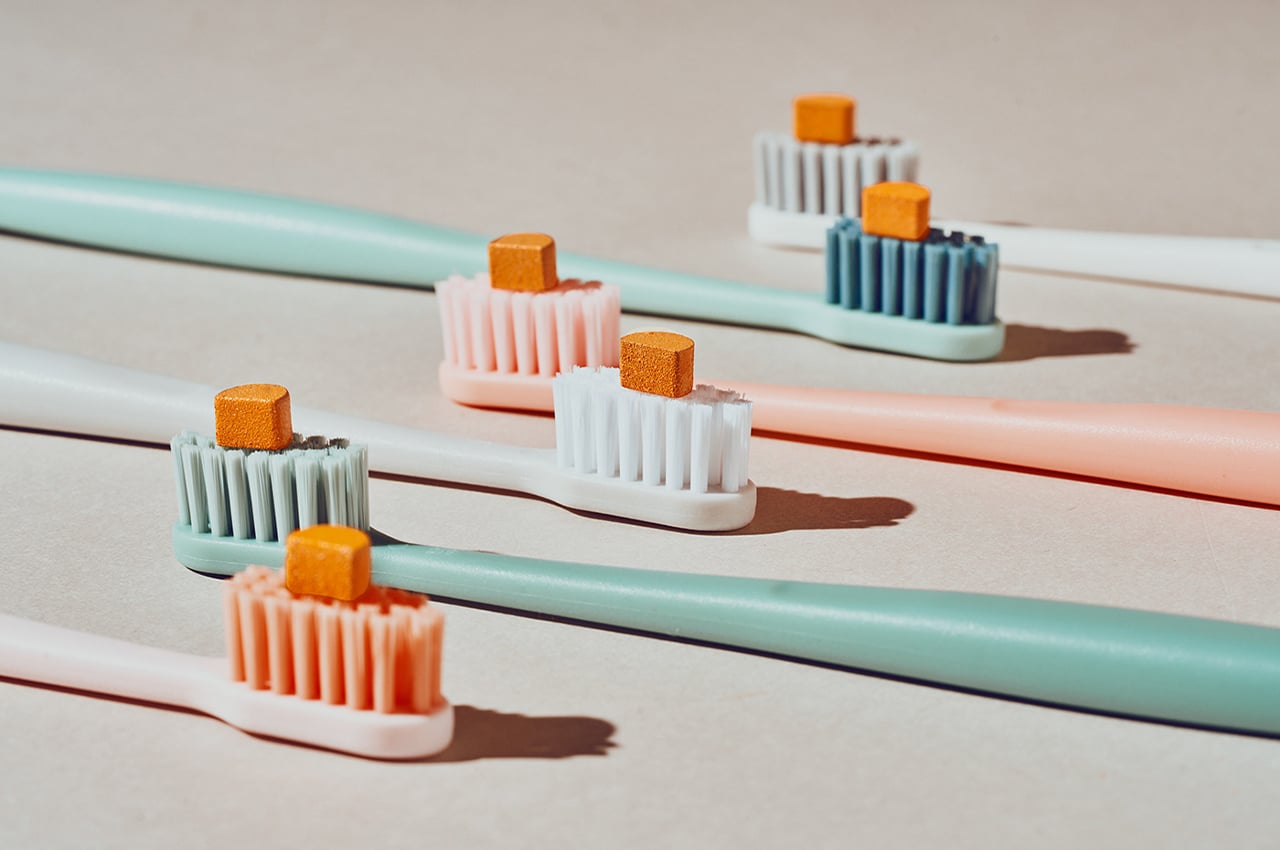
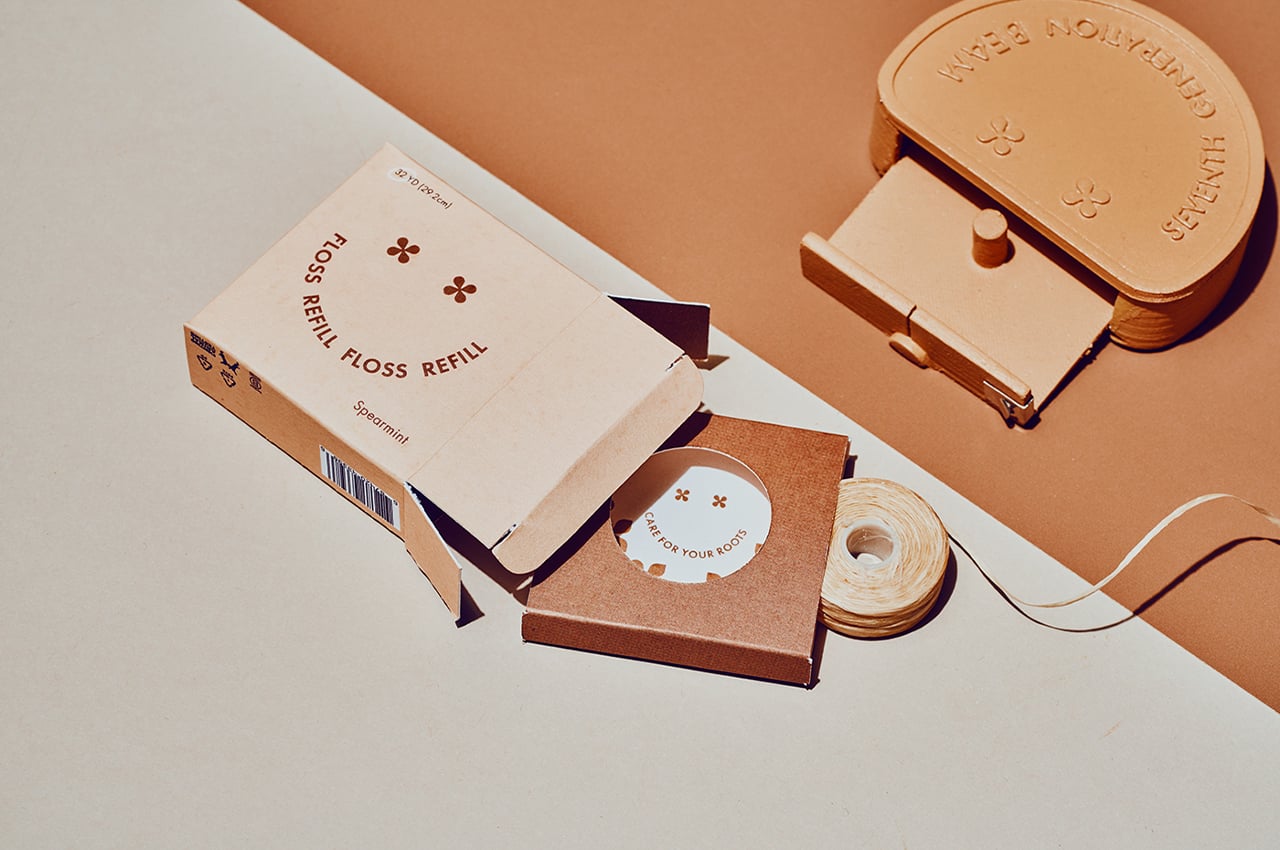
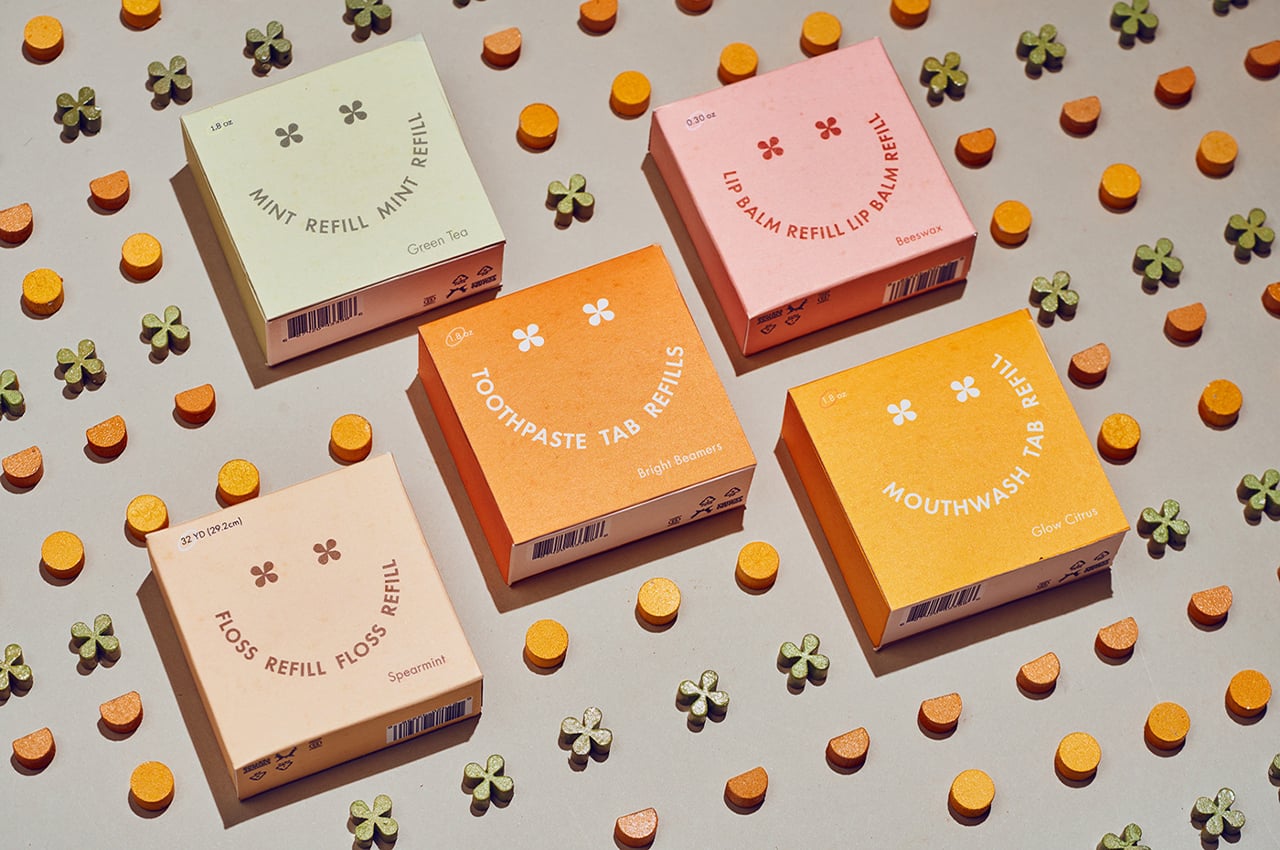
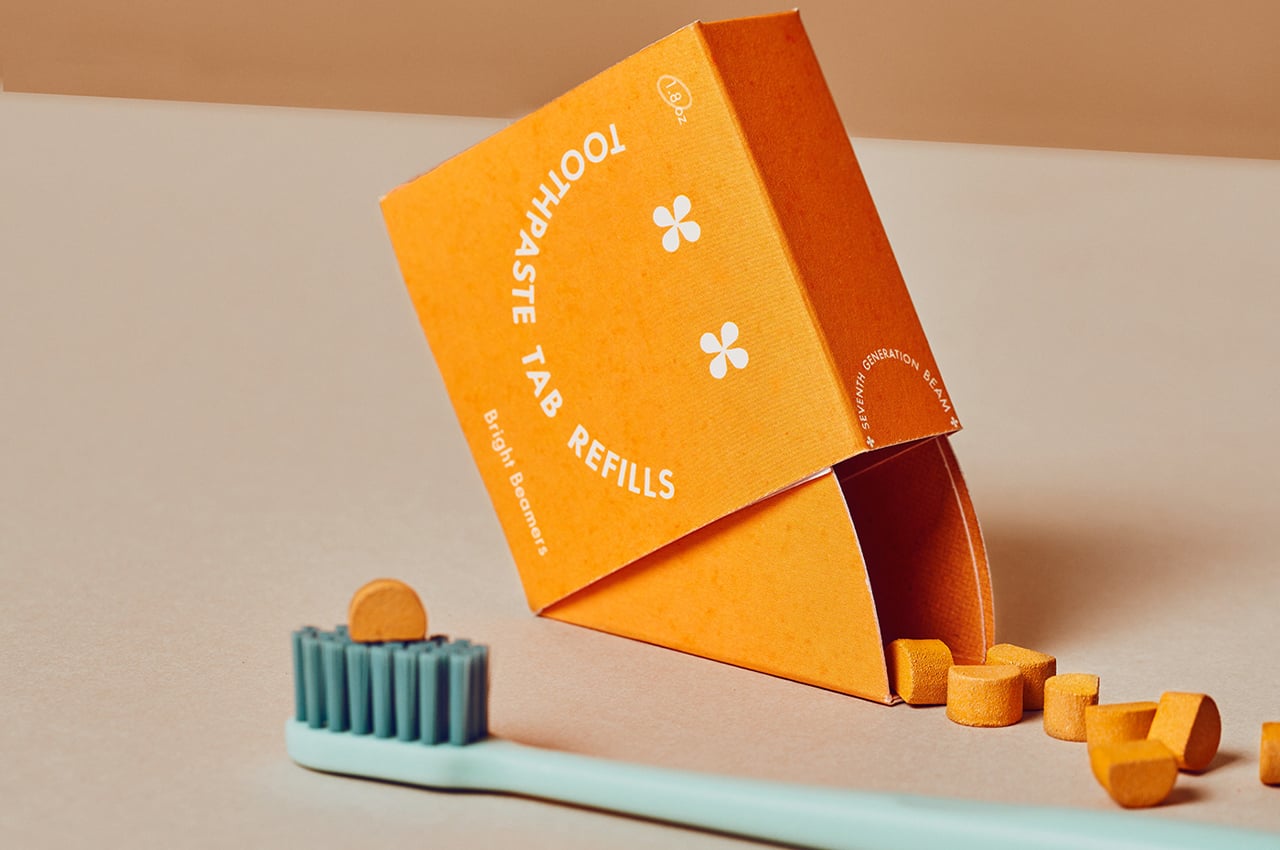
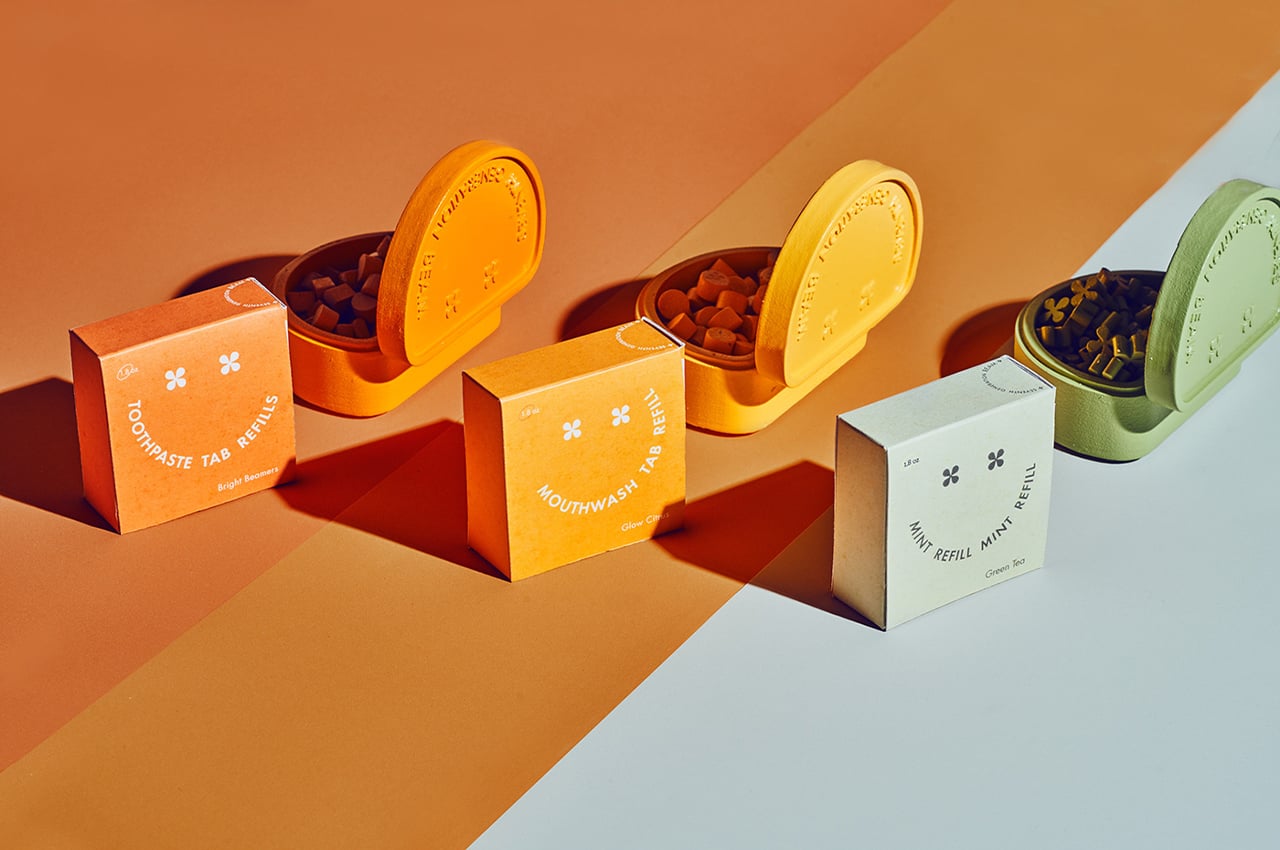
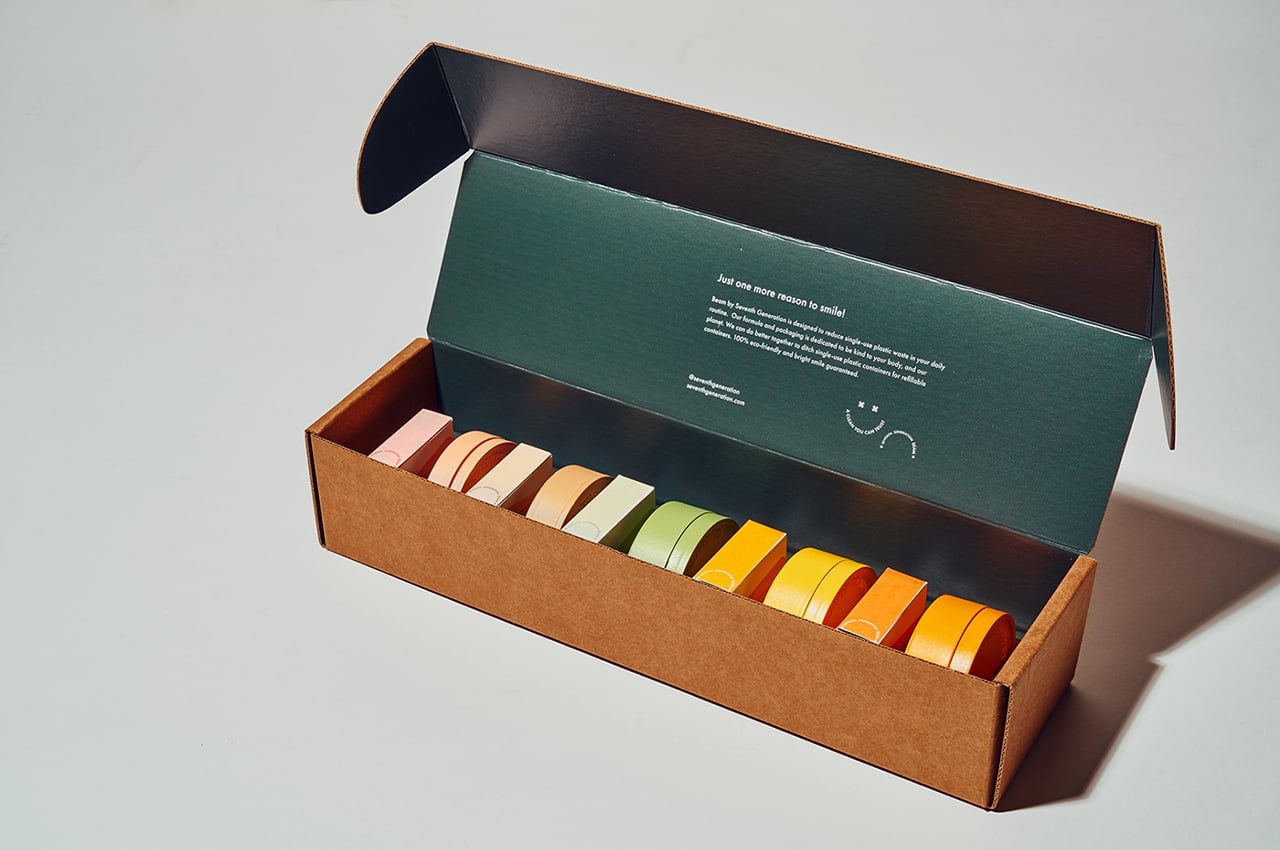
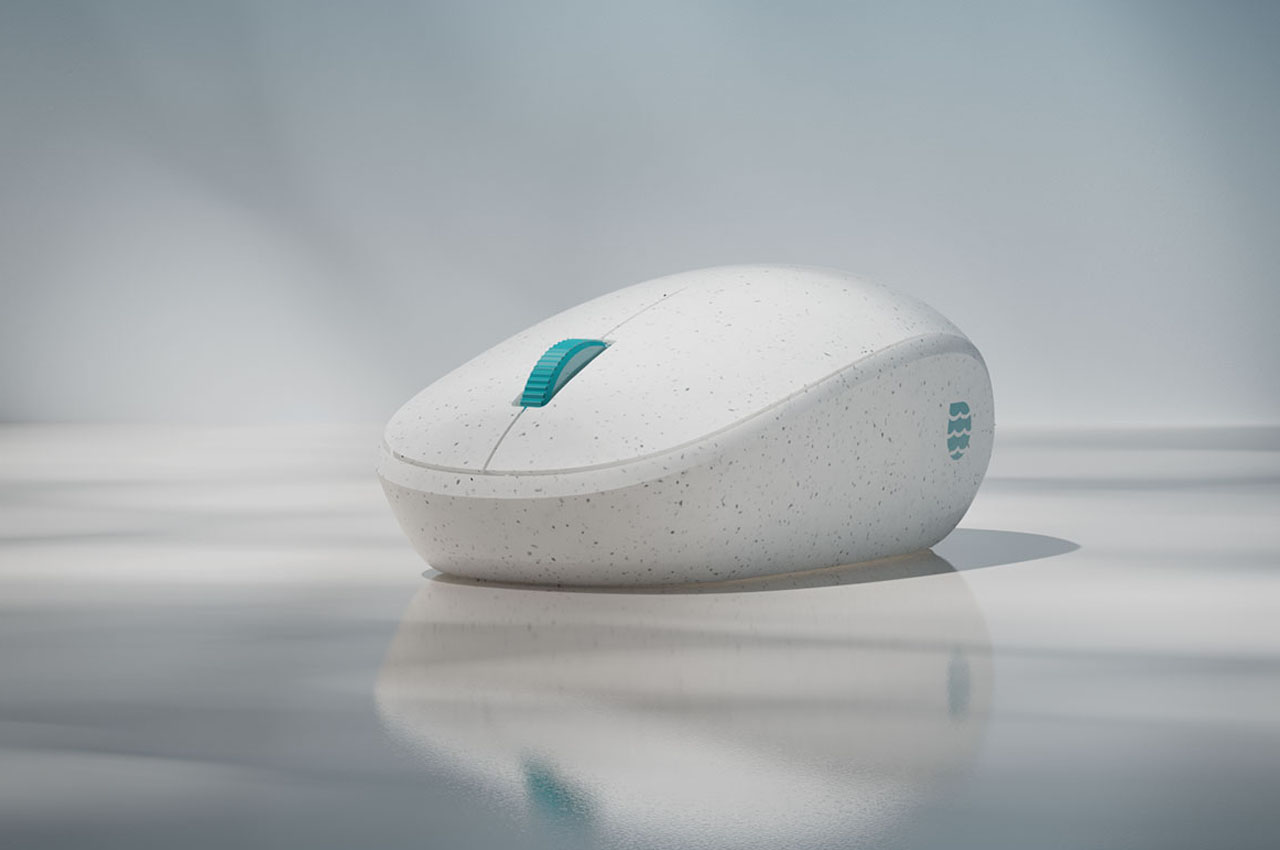
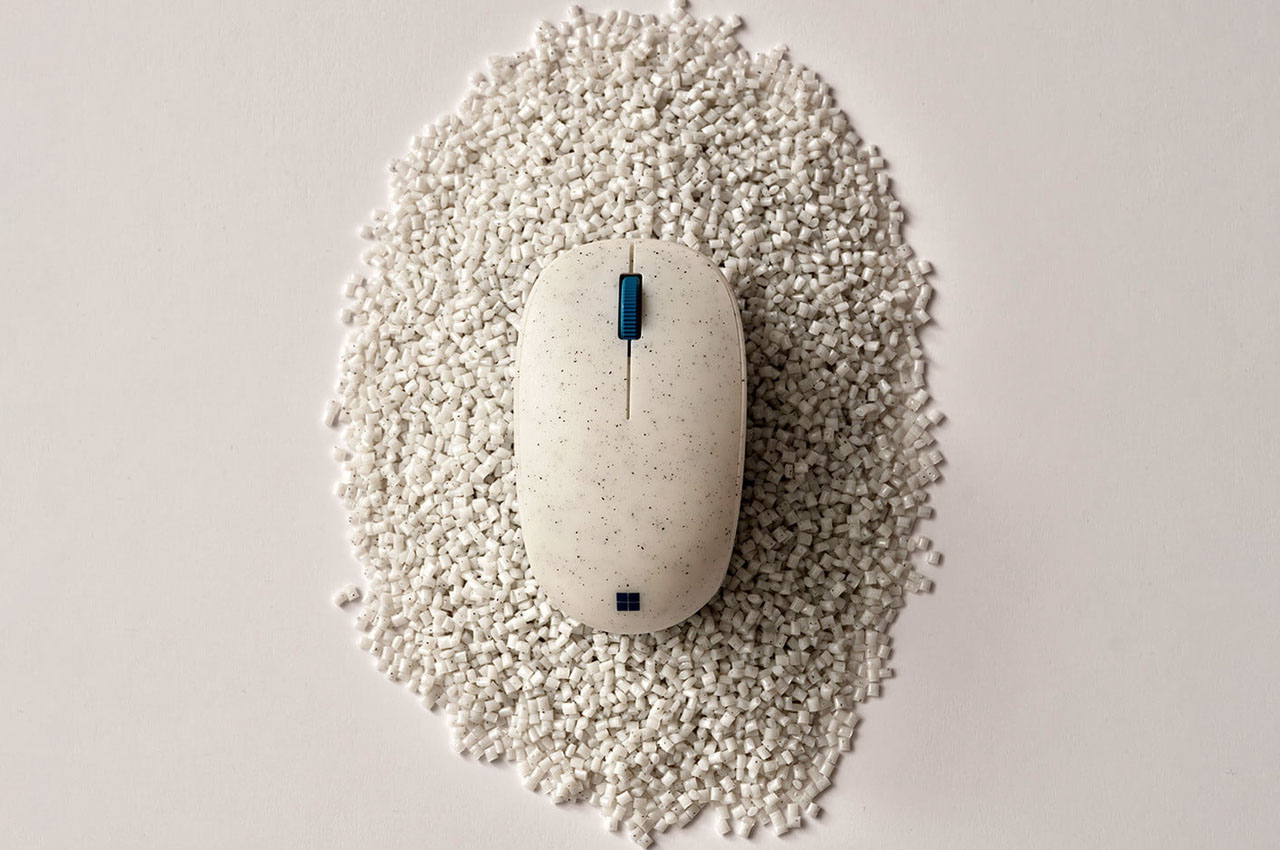
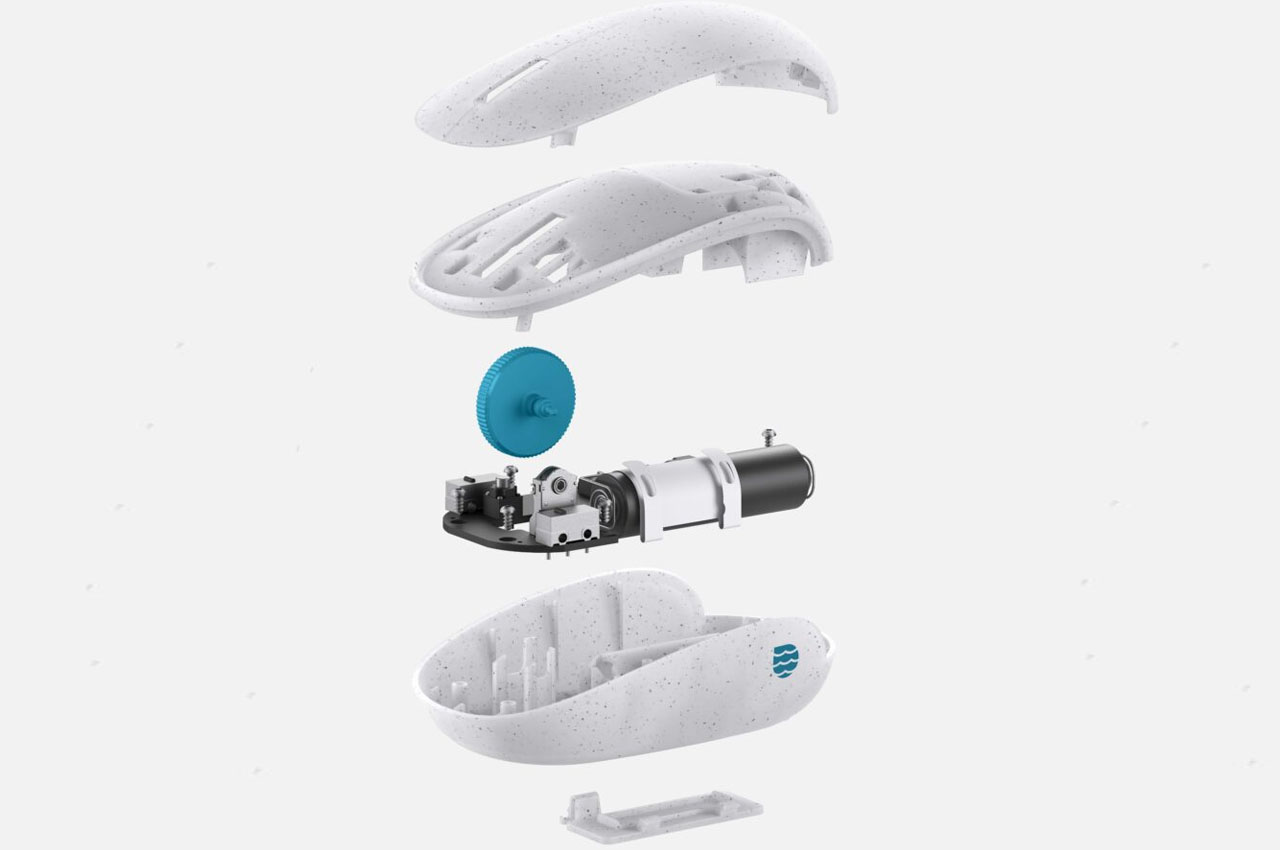
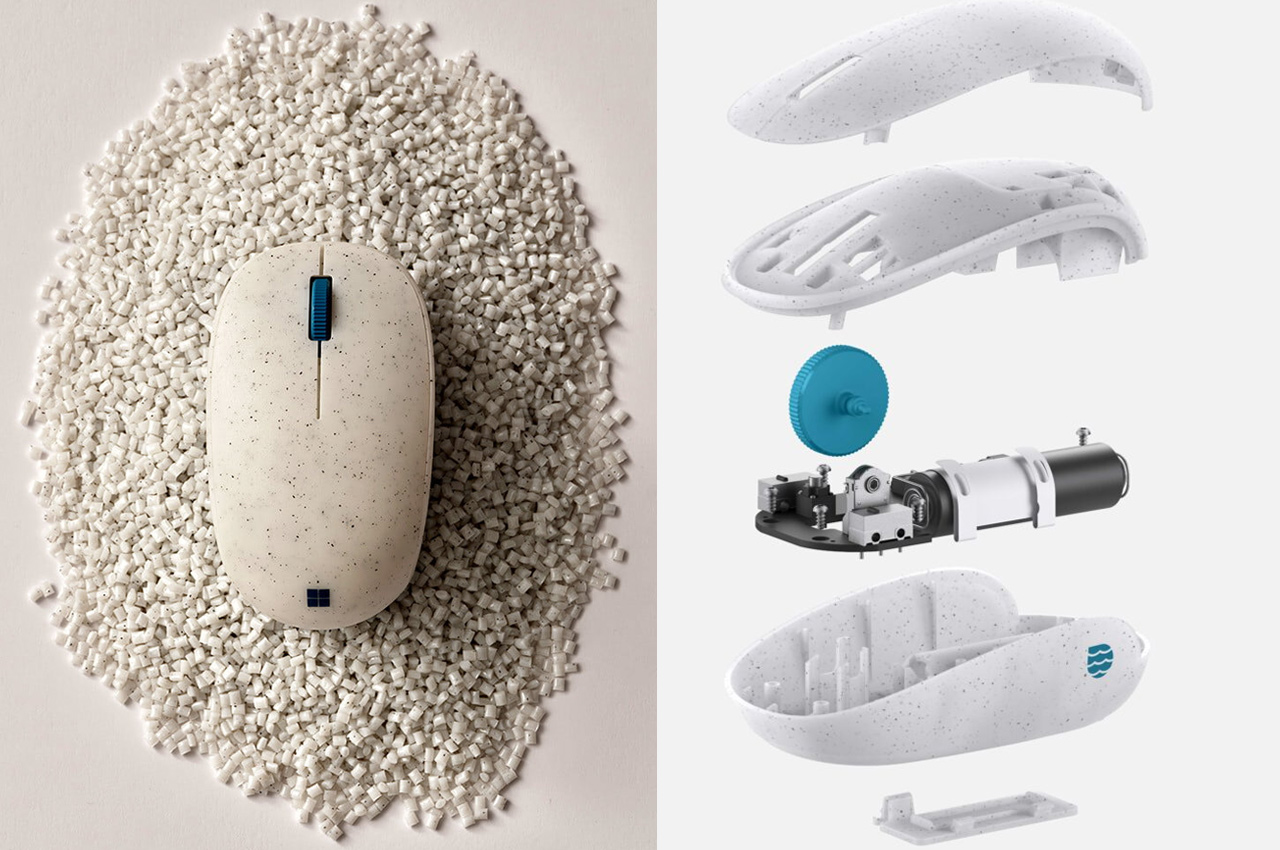
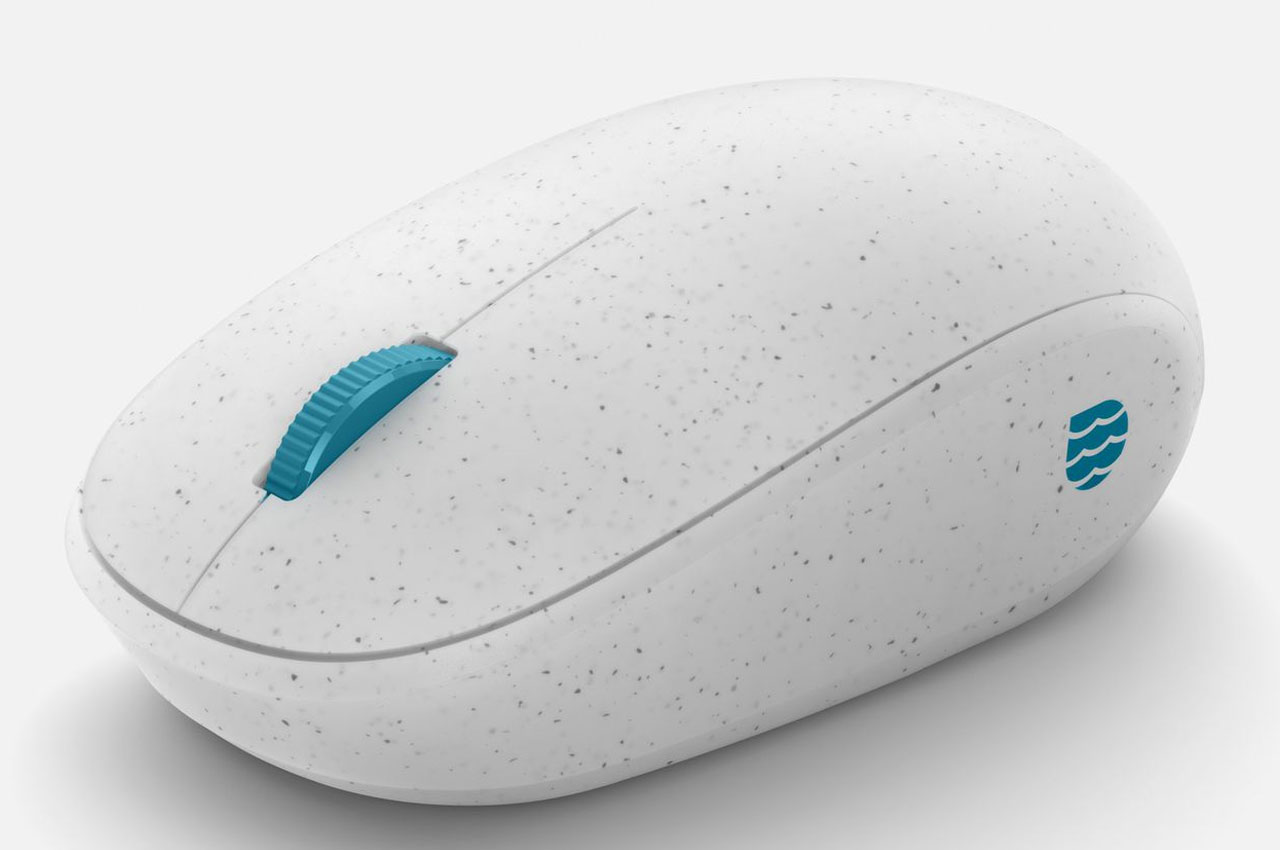
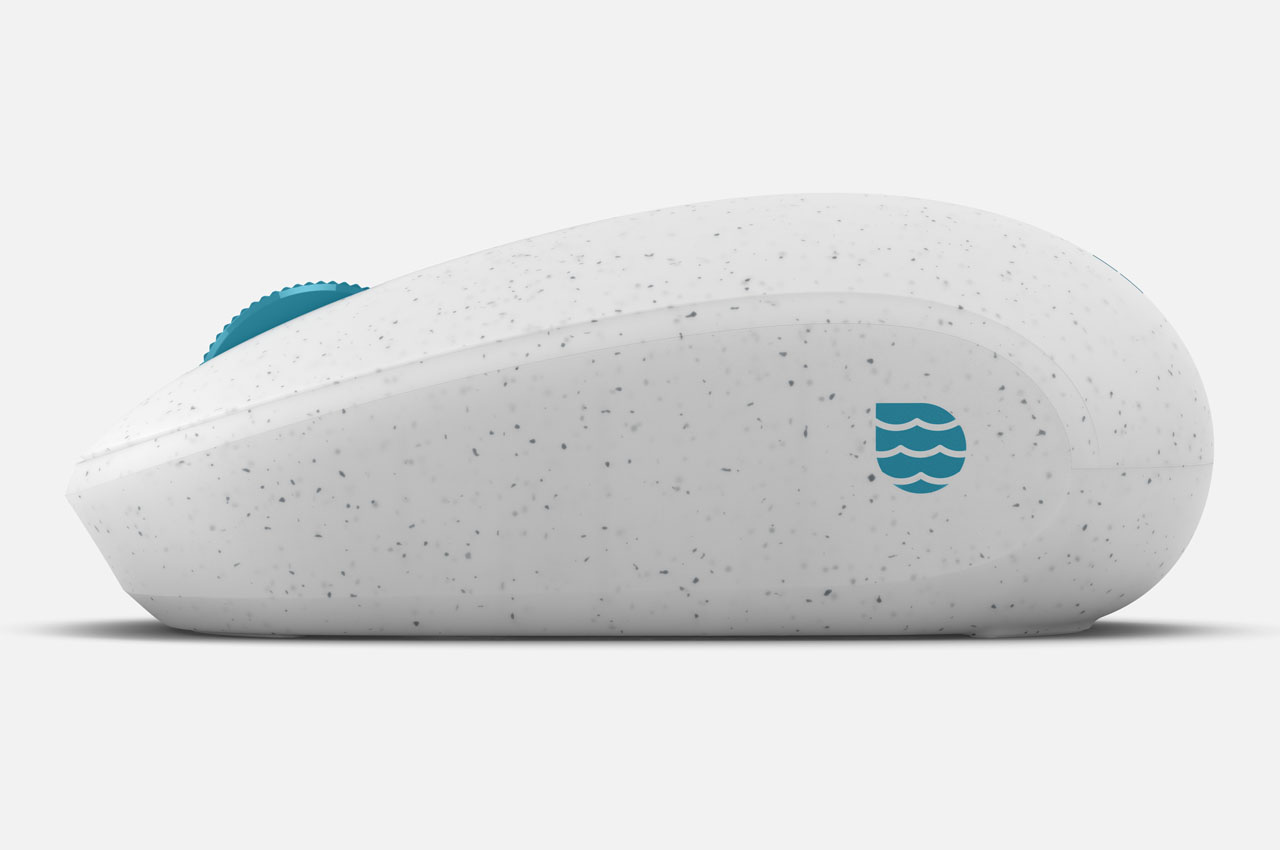
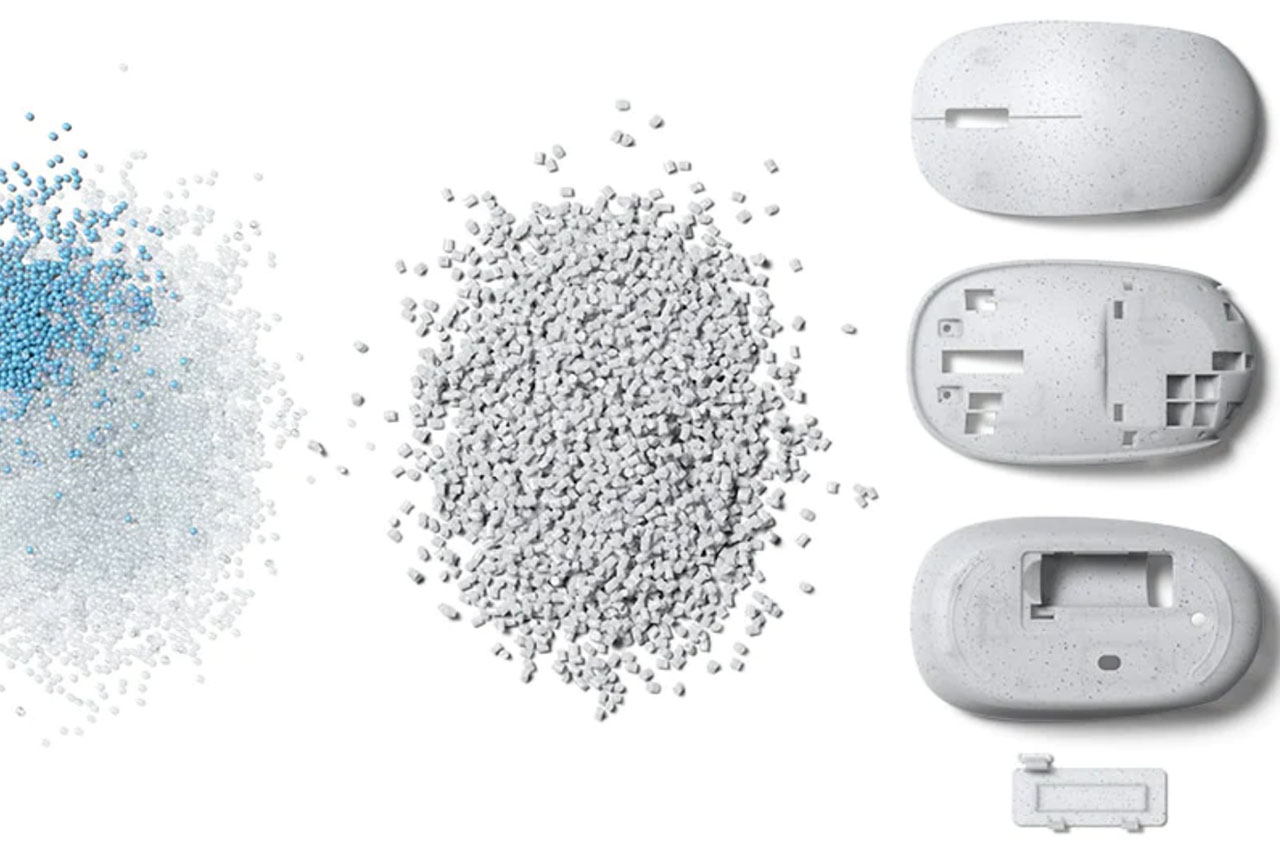
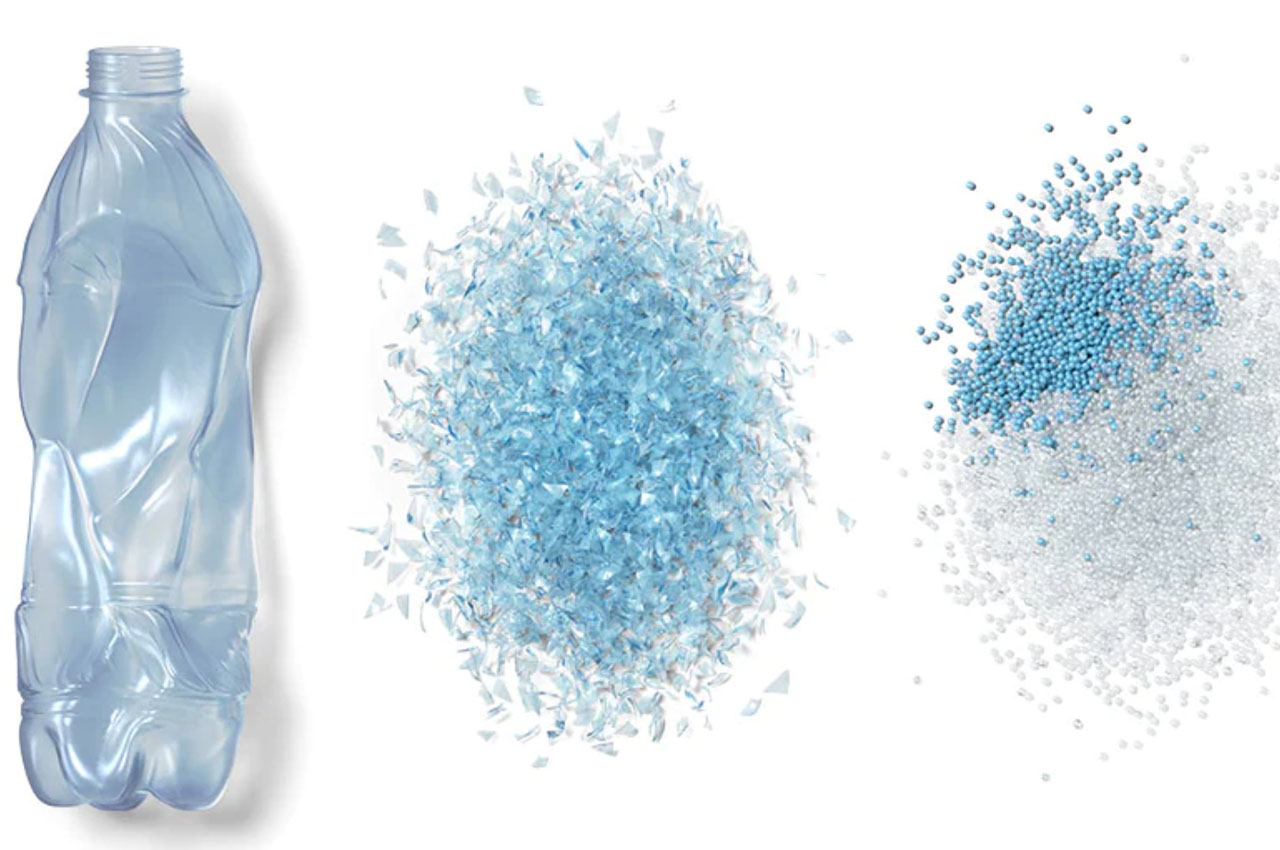
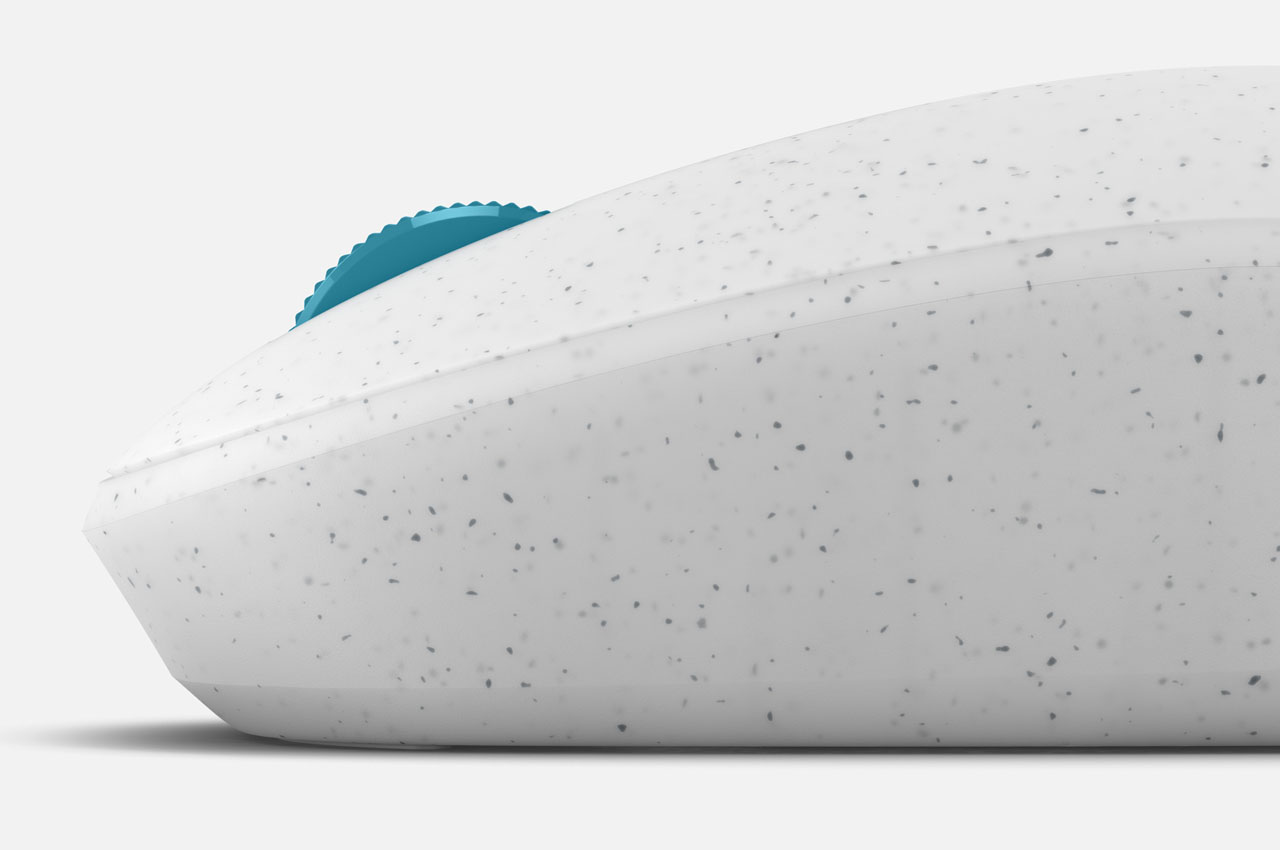
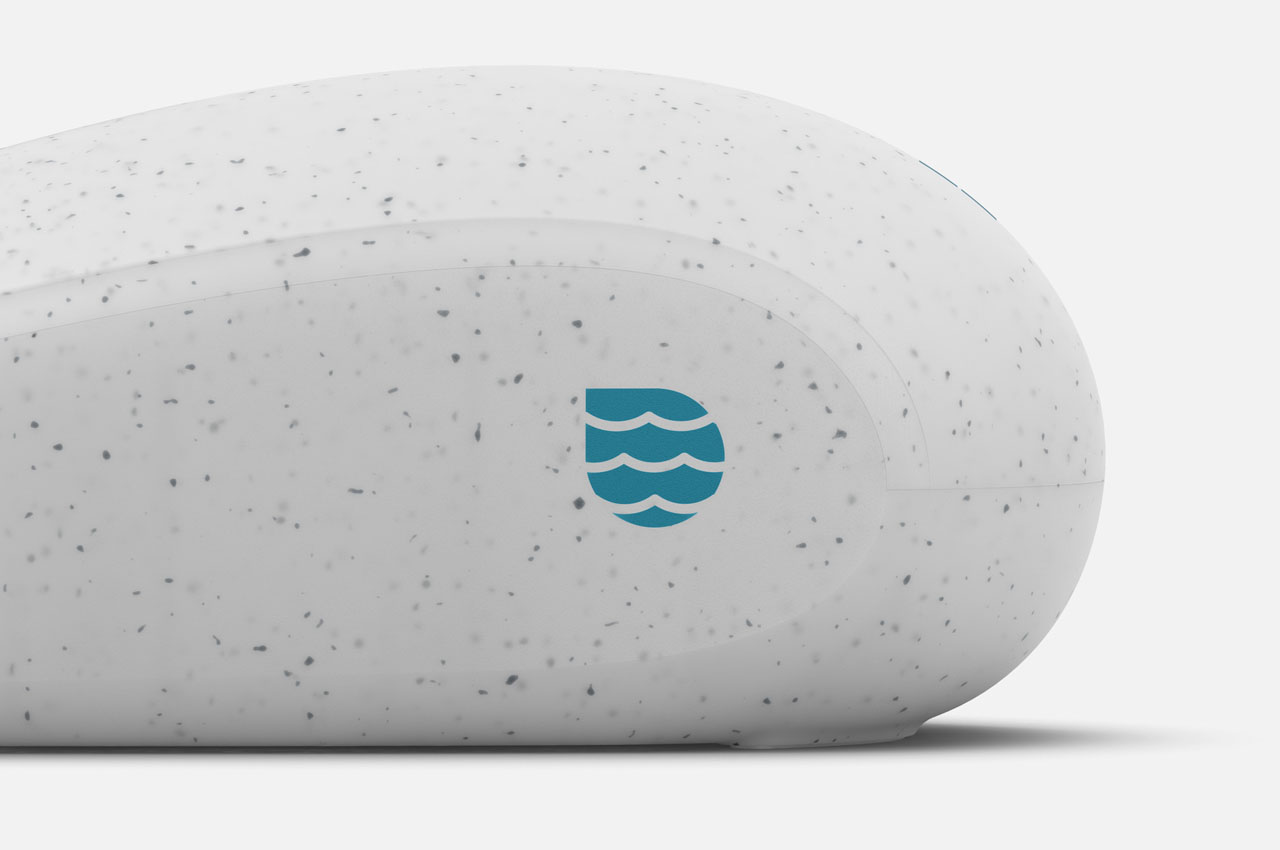
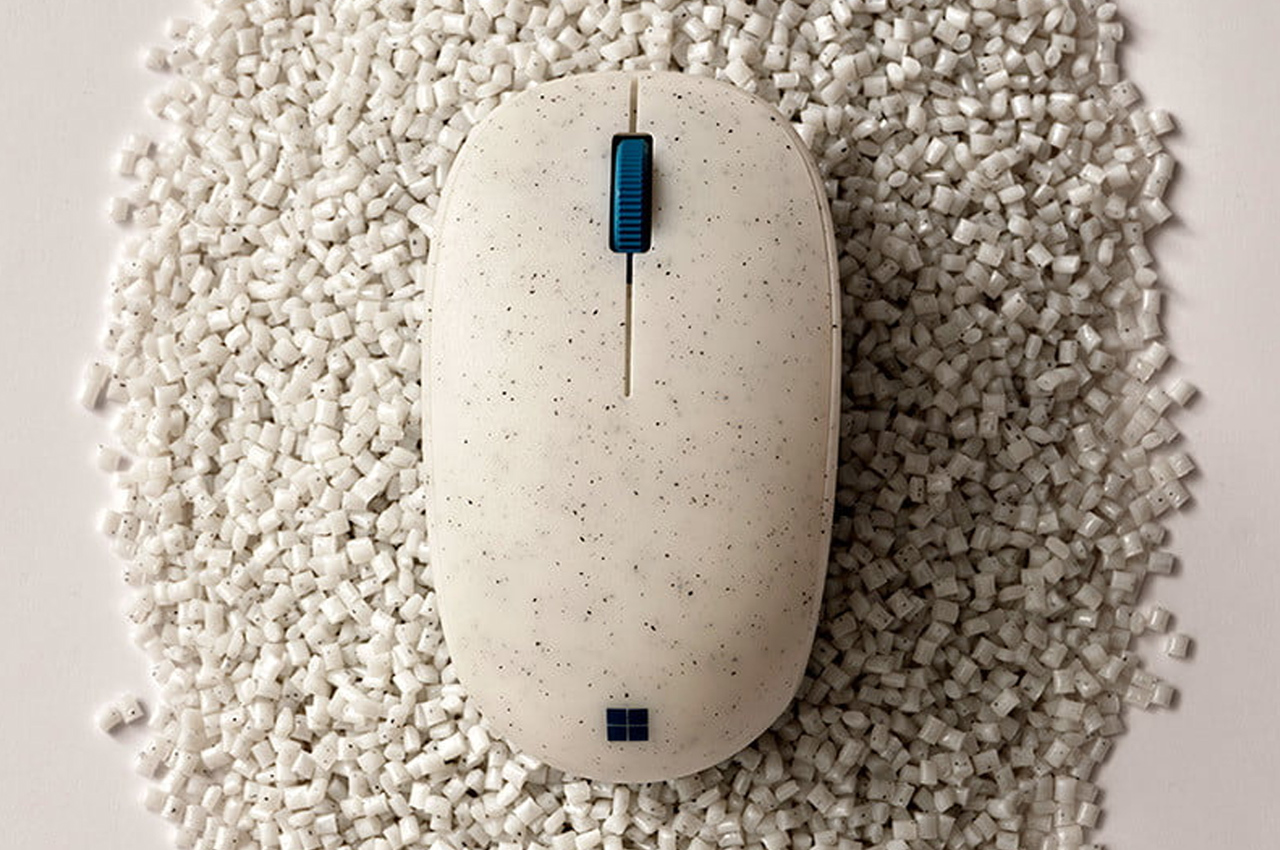

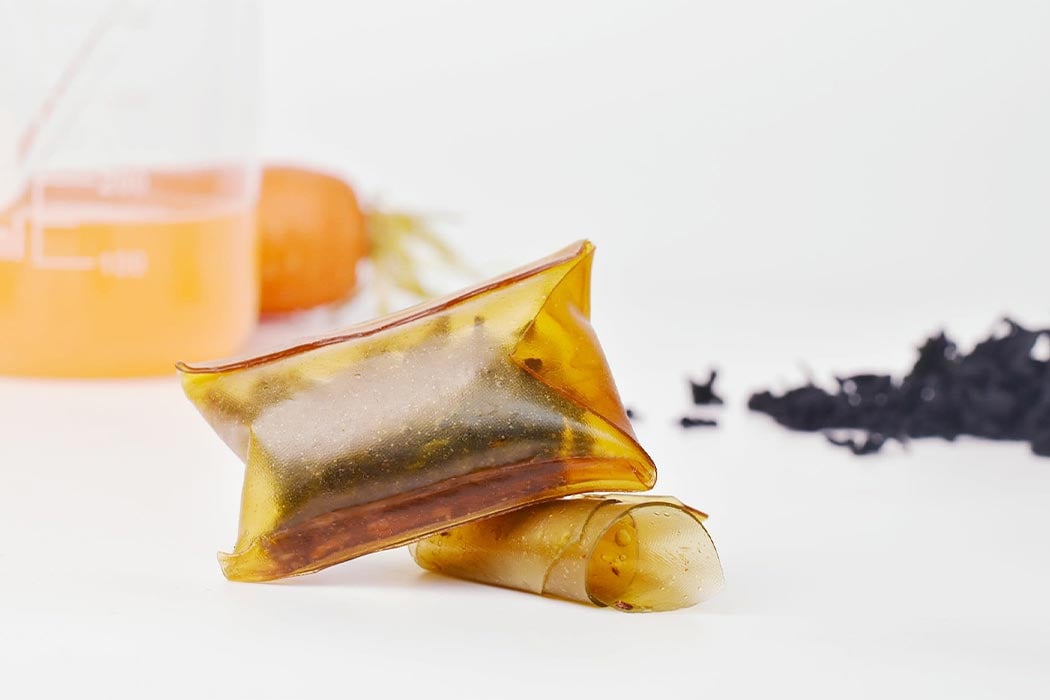
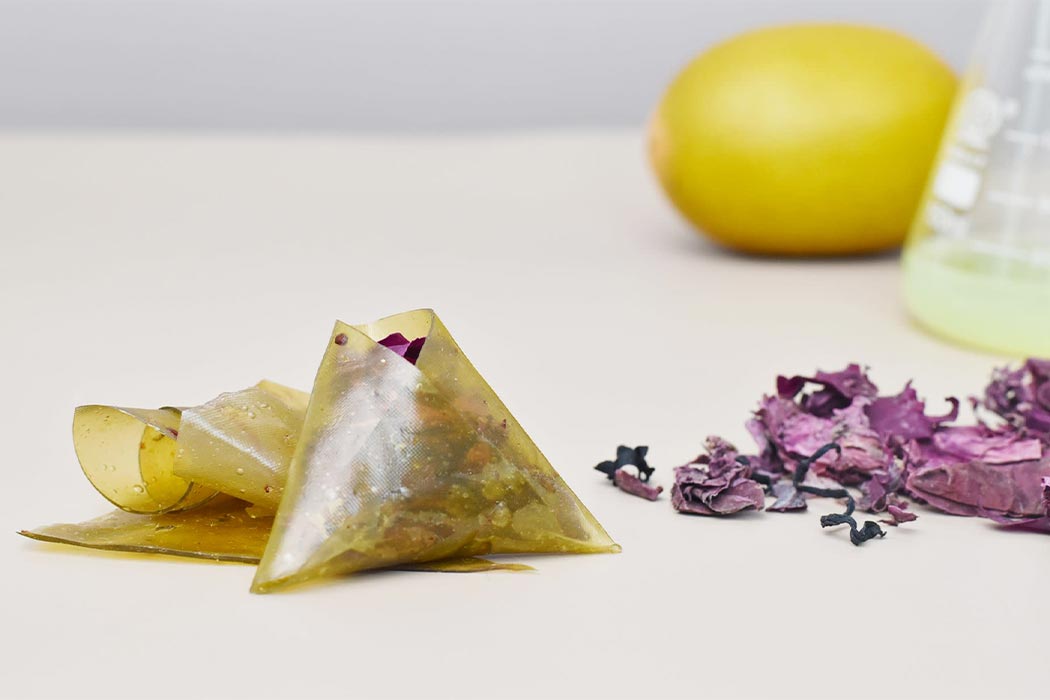
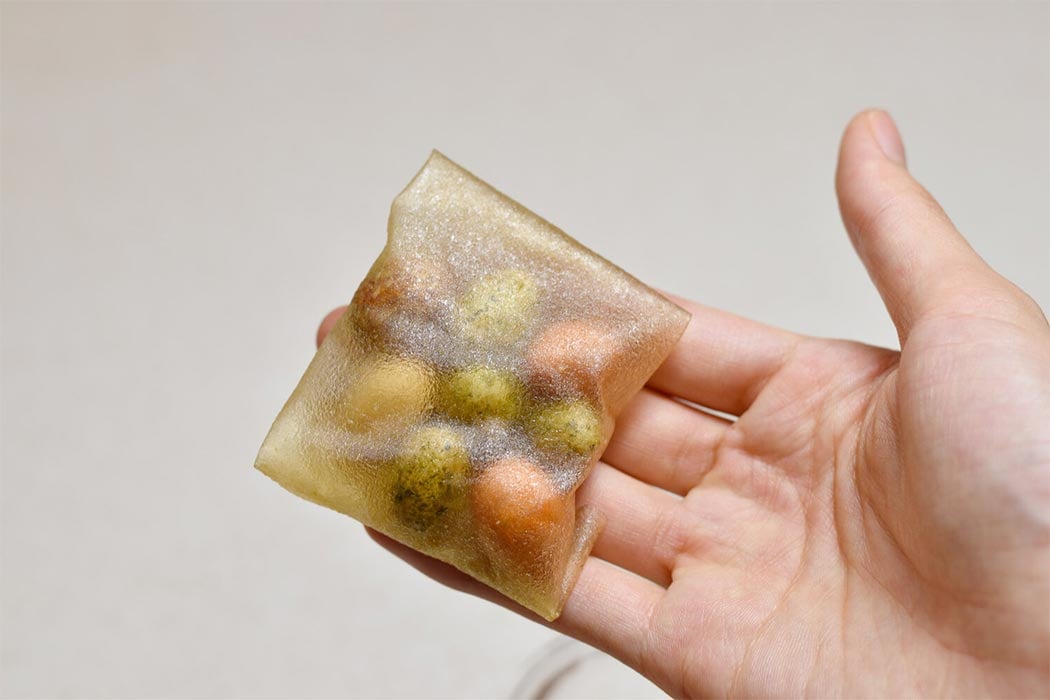
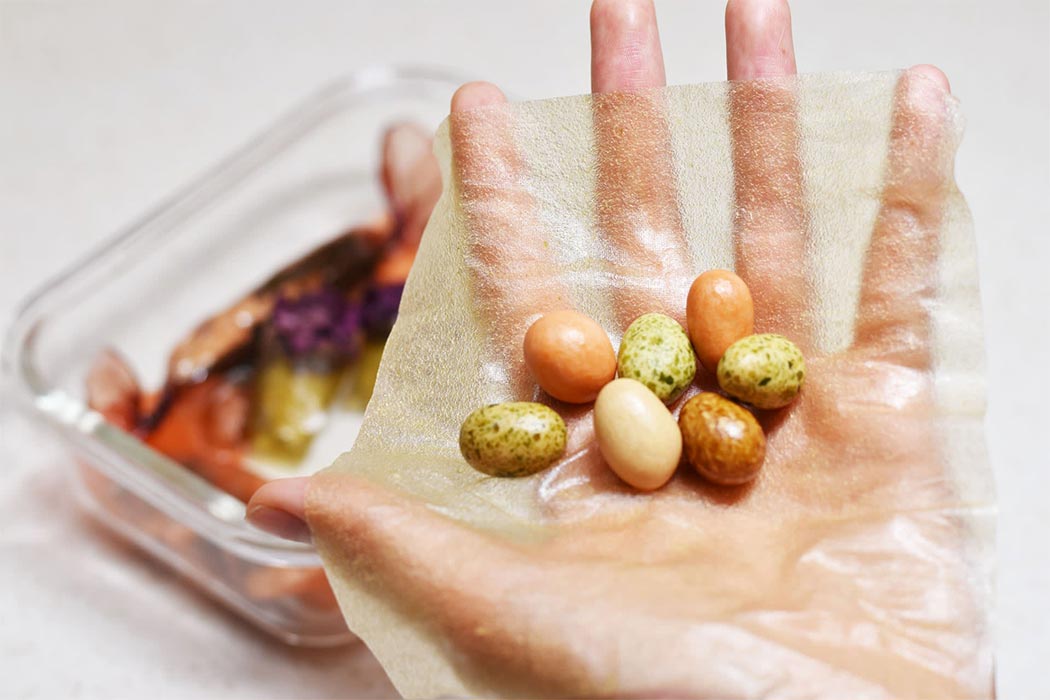
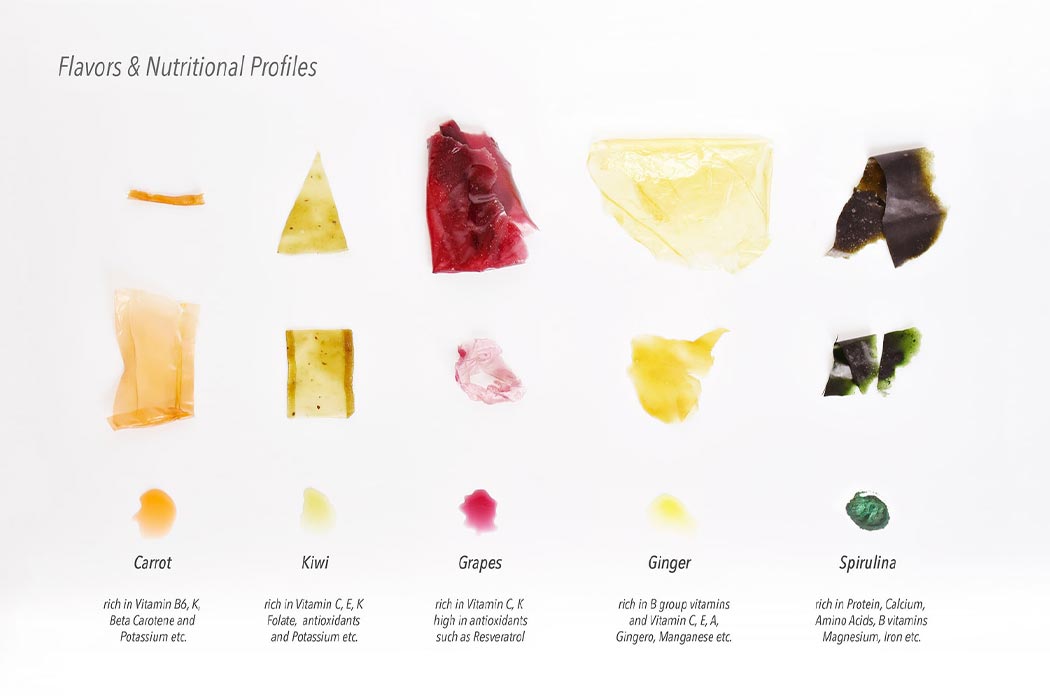
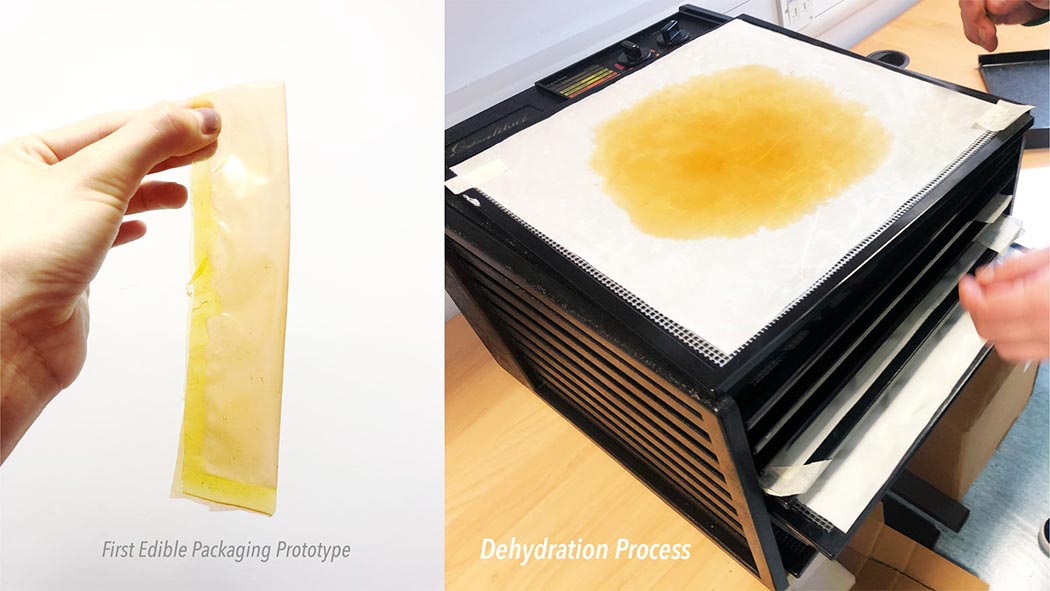
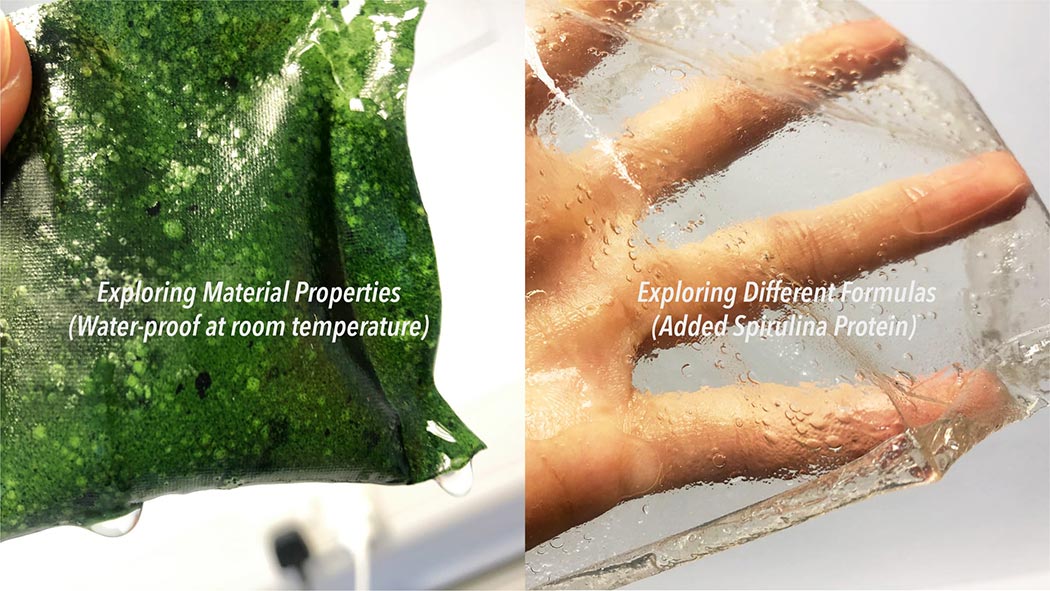
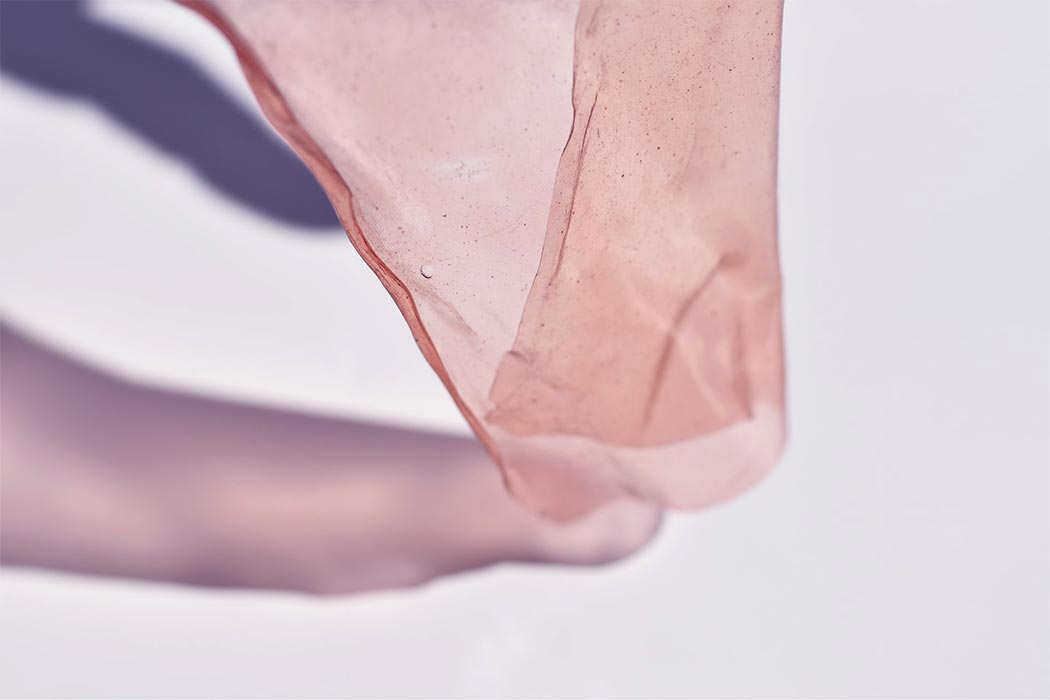
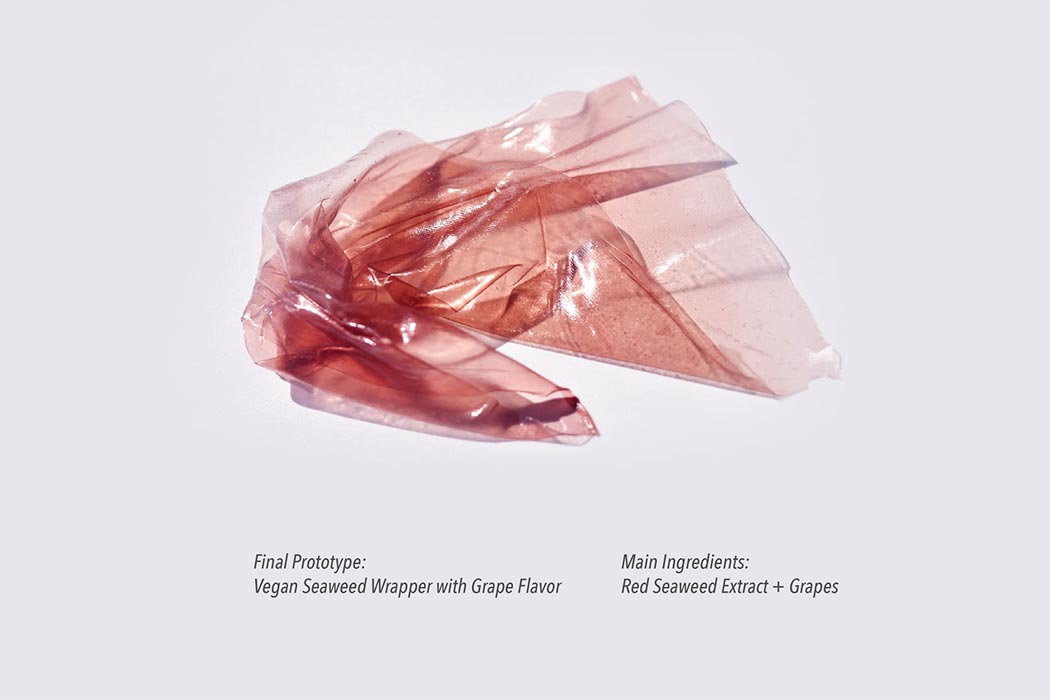
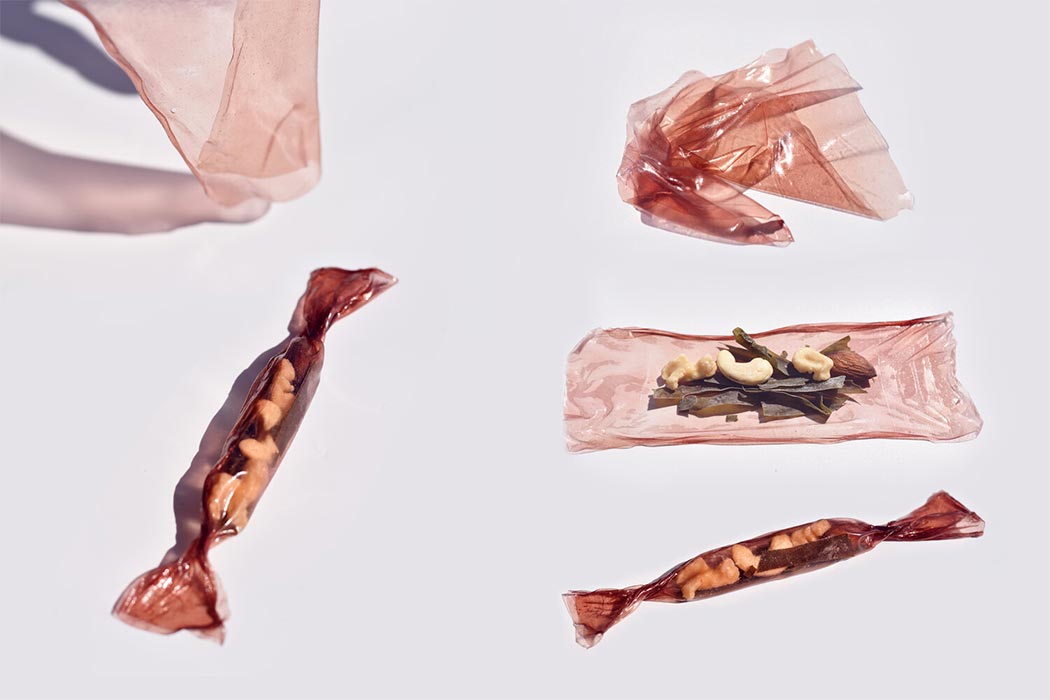
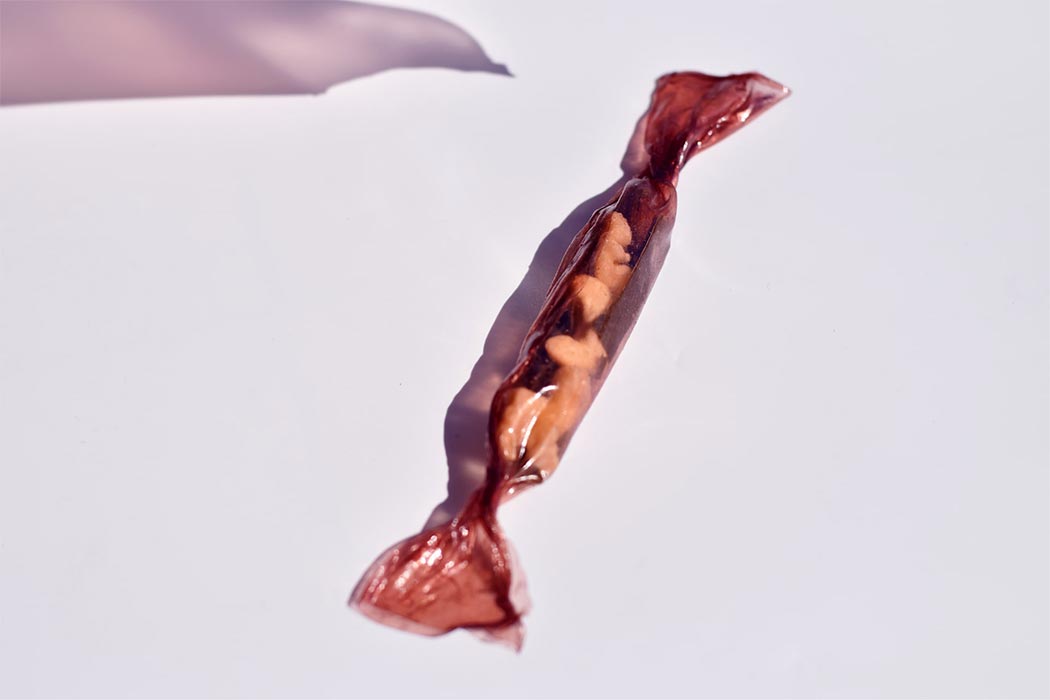
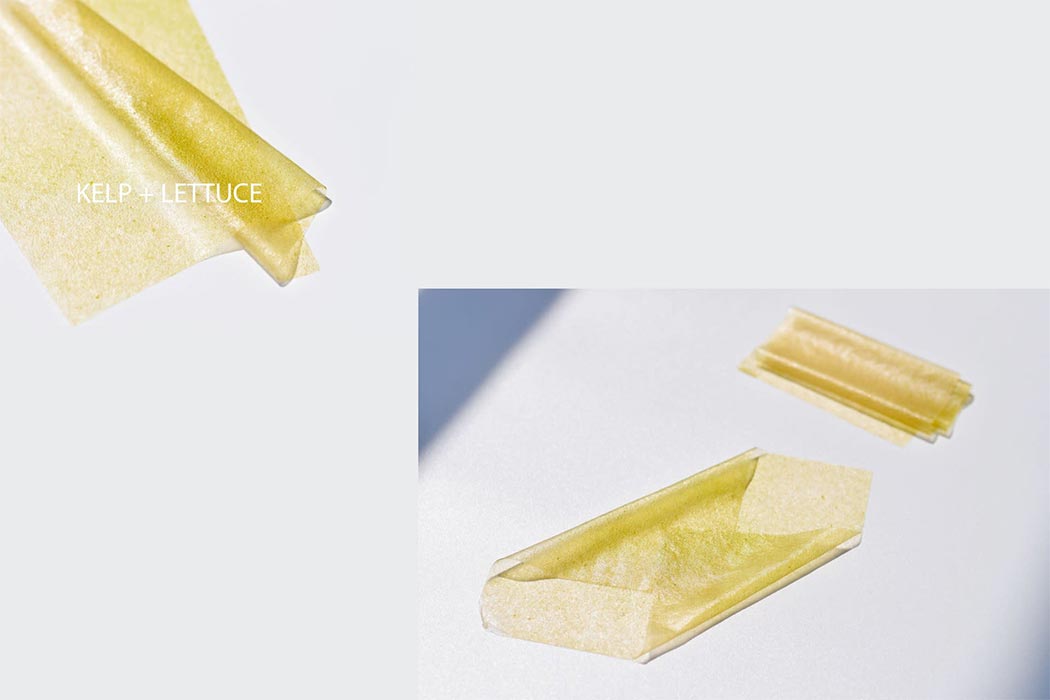
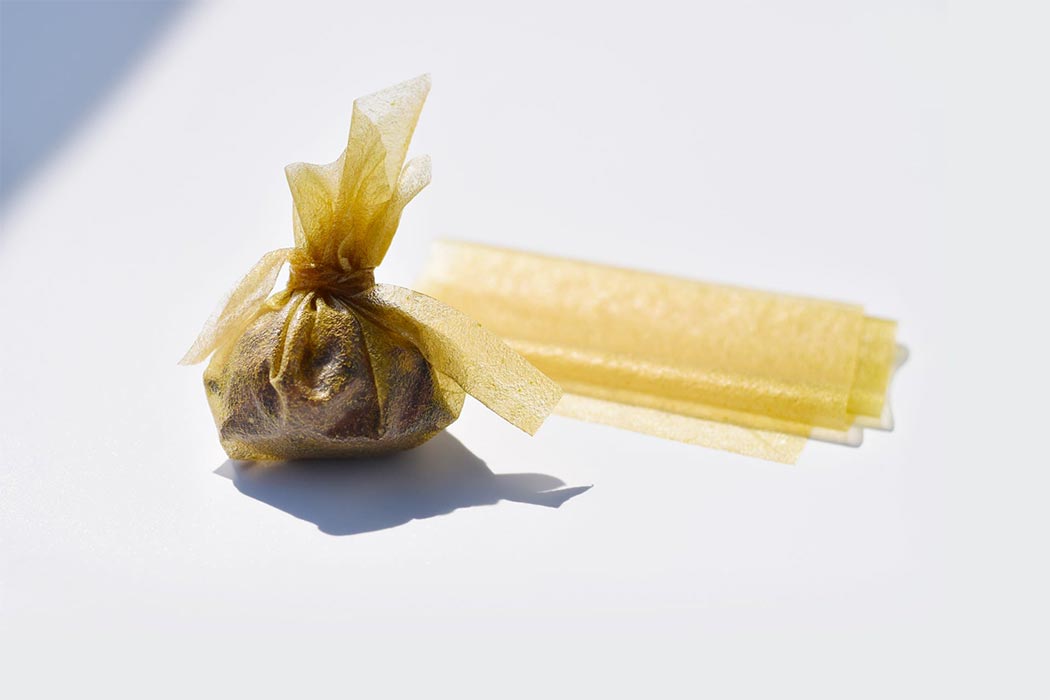
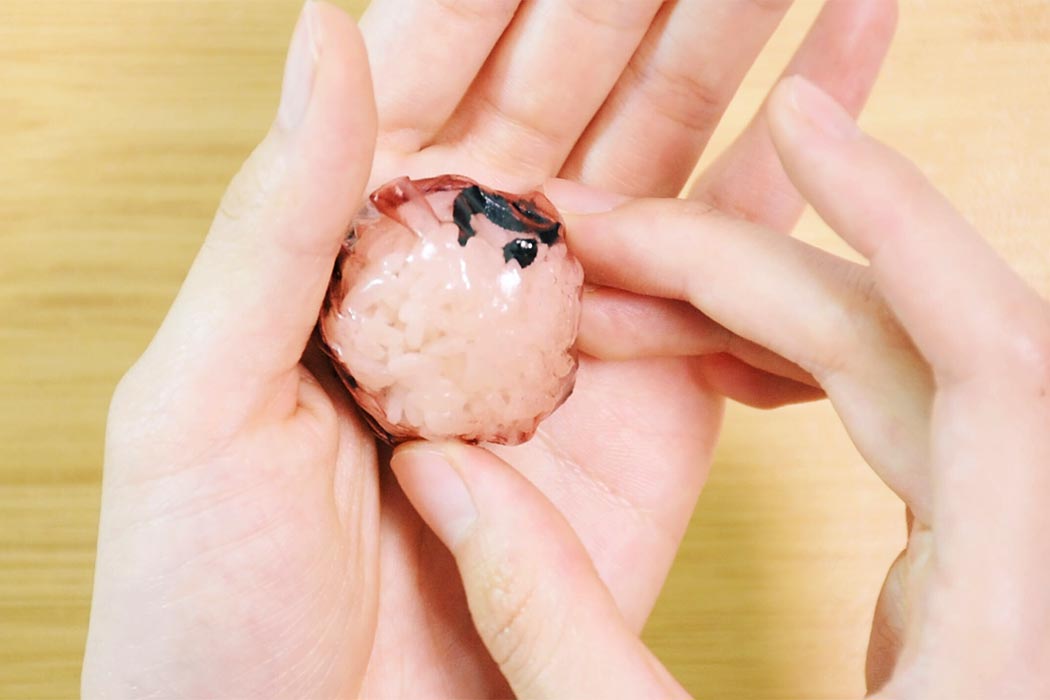
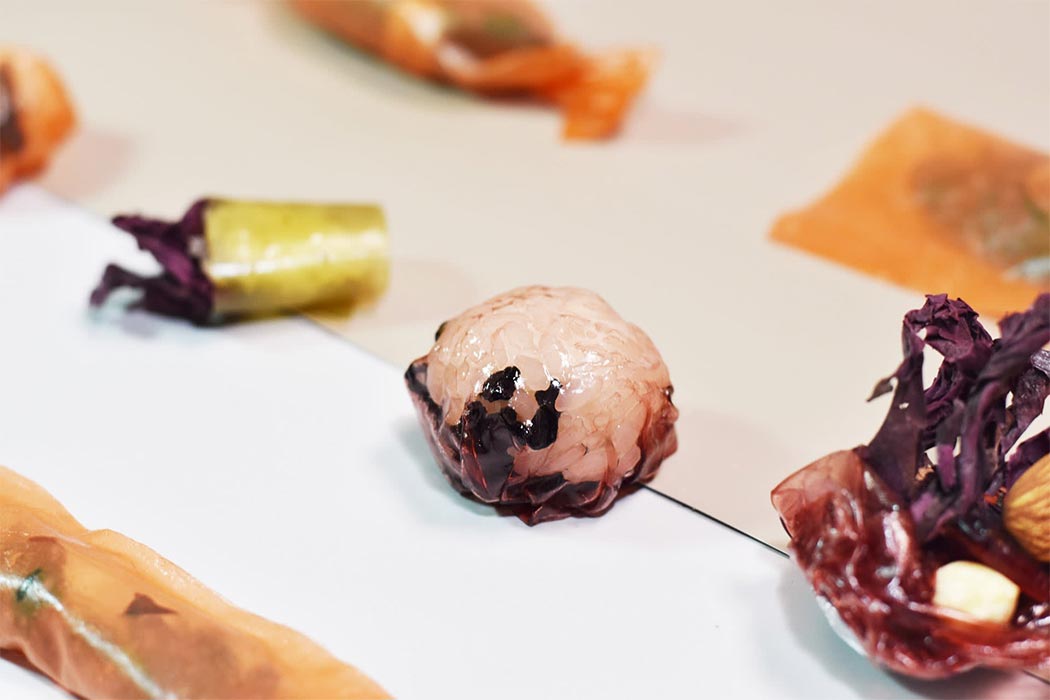
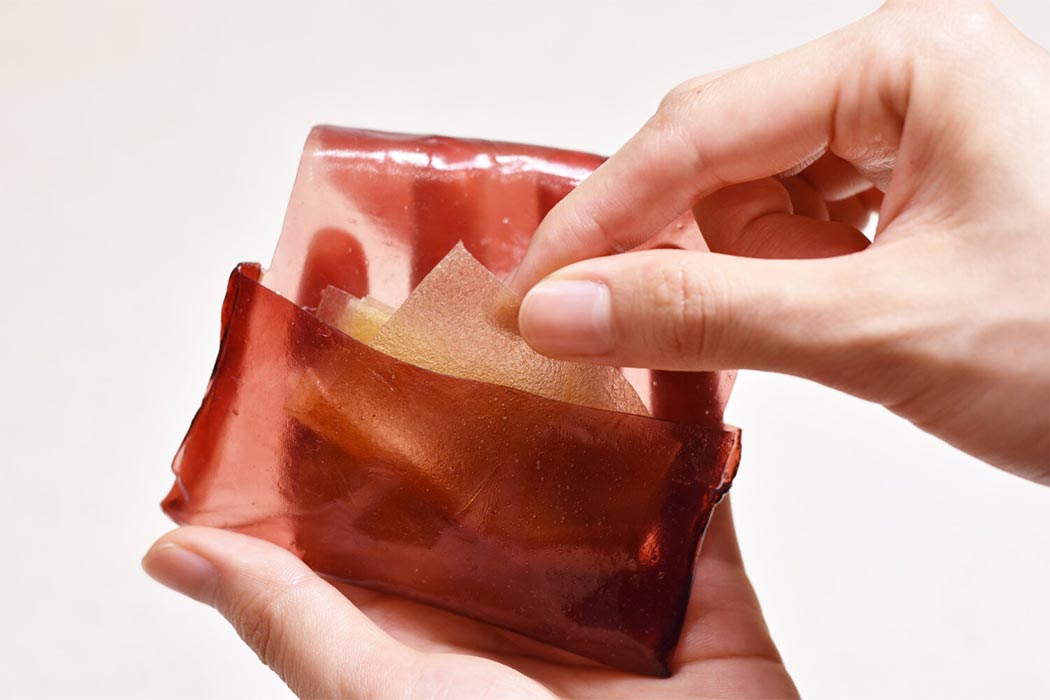

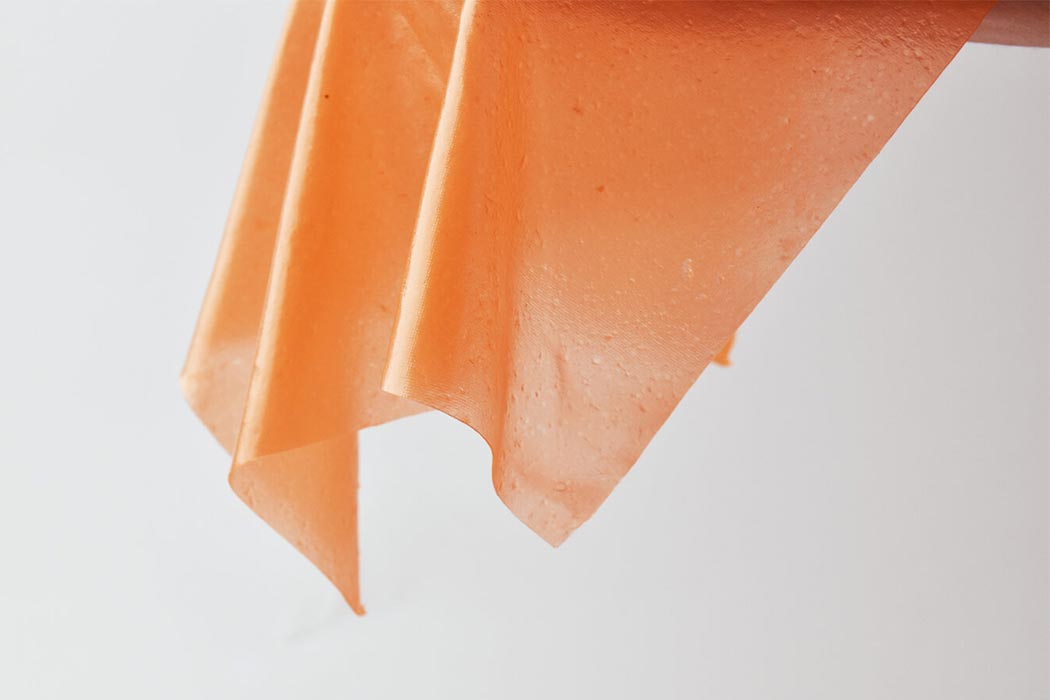
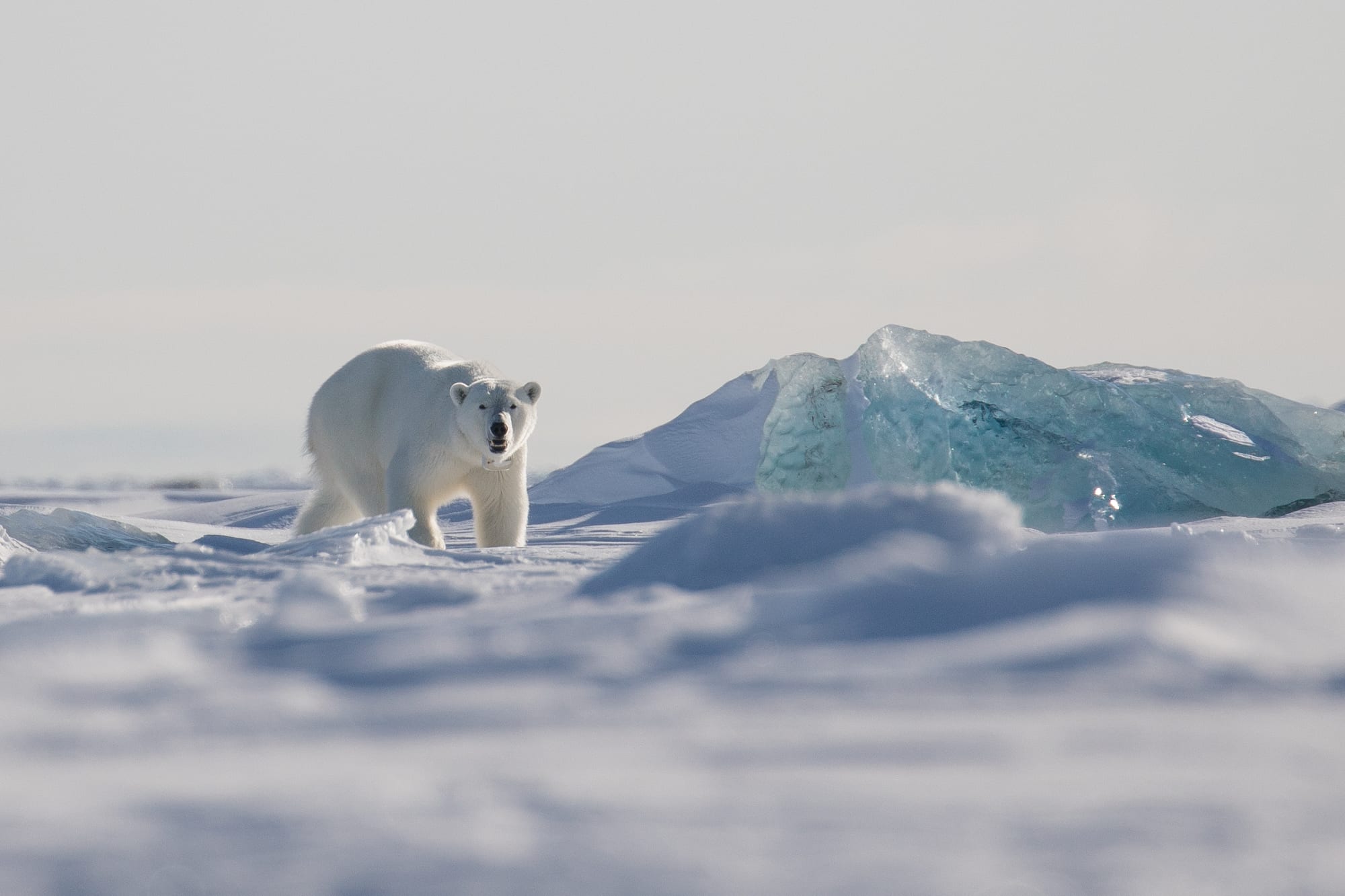 Microplastics are polluting tap water, the deep sea and now even remote corners of the Arctic. Scientists found concentrations of plastic in ice floes from the Fram Strait, the passage that connects the Arctic Ocean to the rest of the world's oceans....
Microplastics are polluting tap water, the deep sea and now even remote corners of the Arctic. Scientists found concentrations of plastic in ice floes from the Fram Strait, the passage that connects the Arctic Ocean to the rest of the world's oceans....